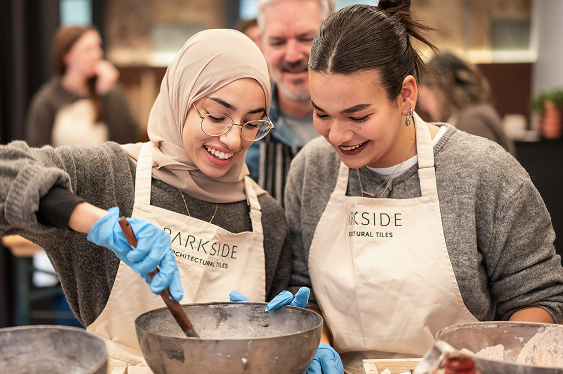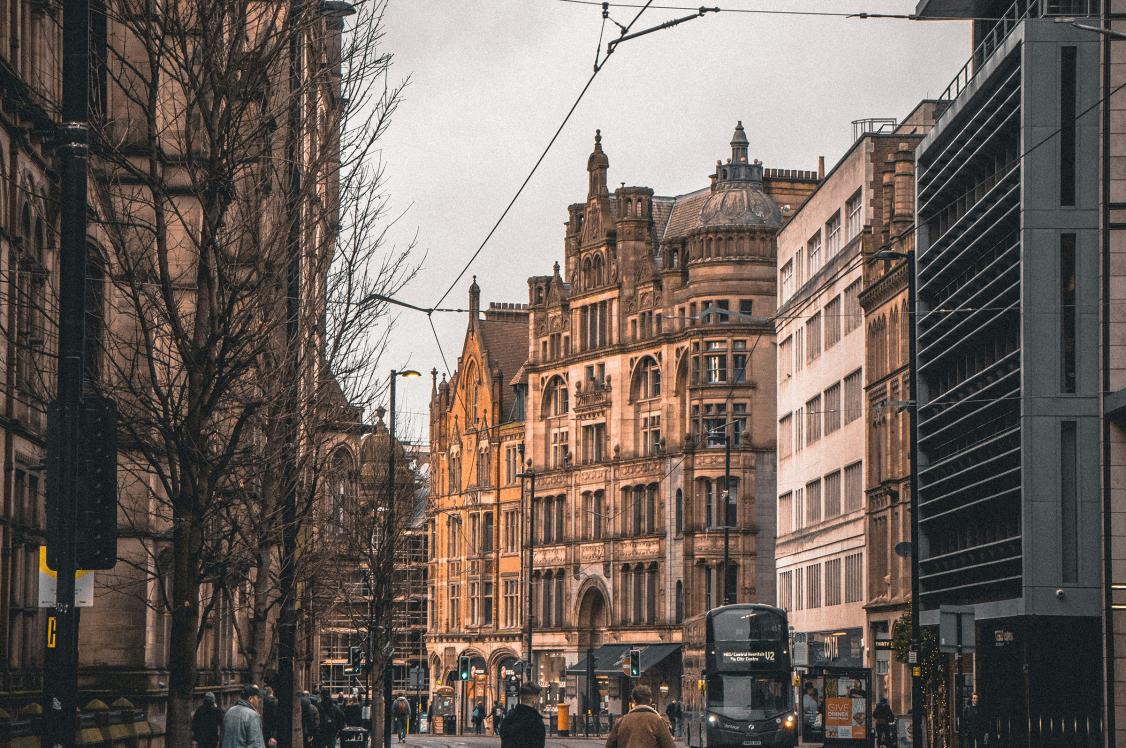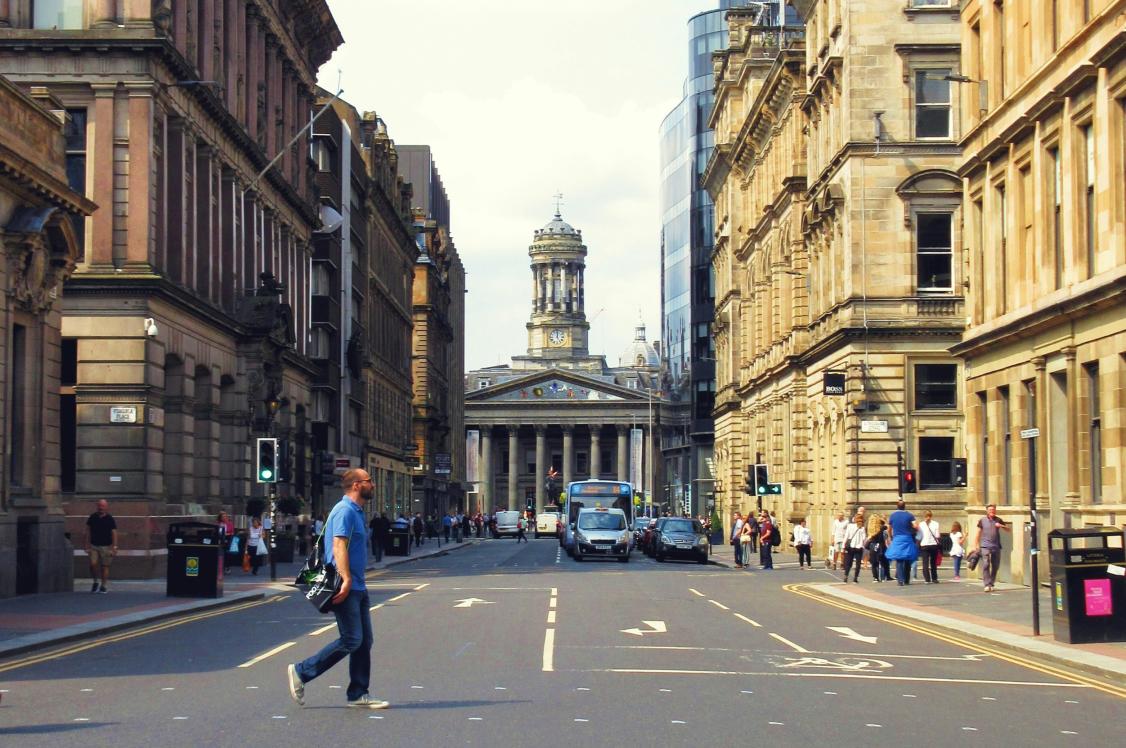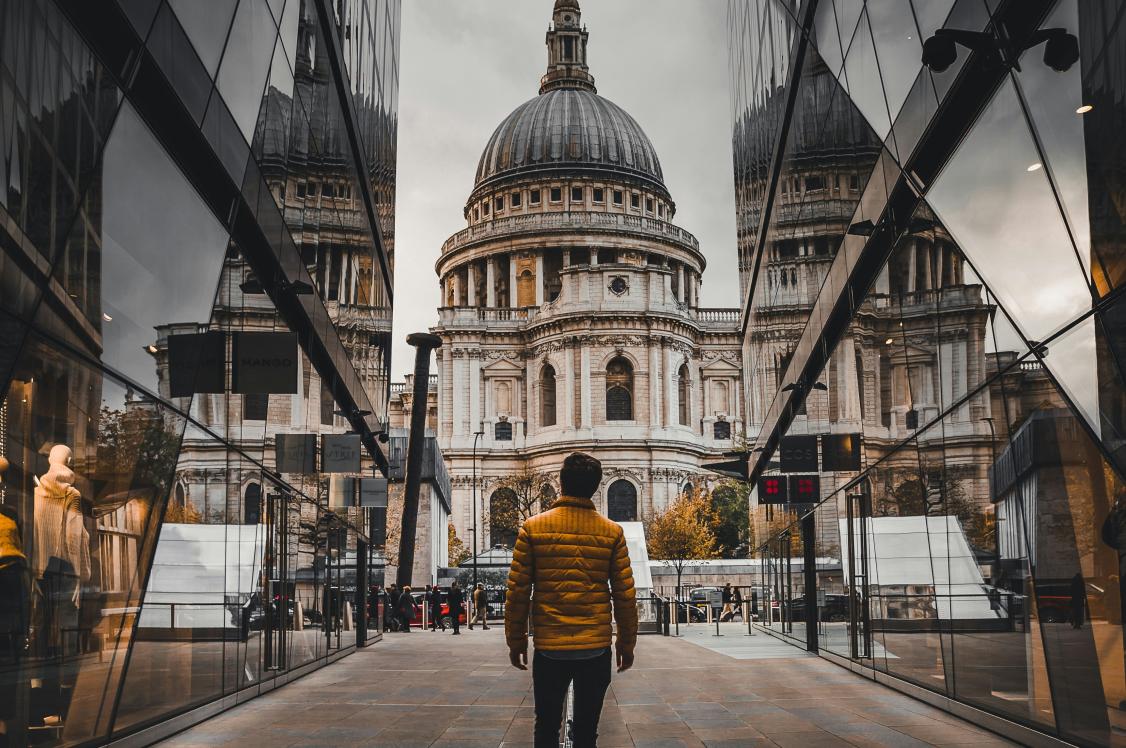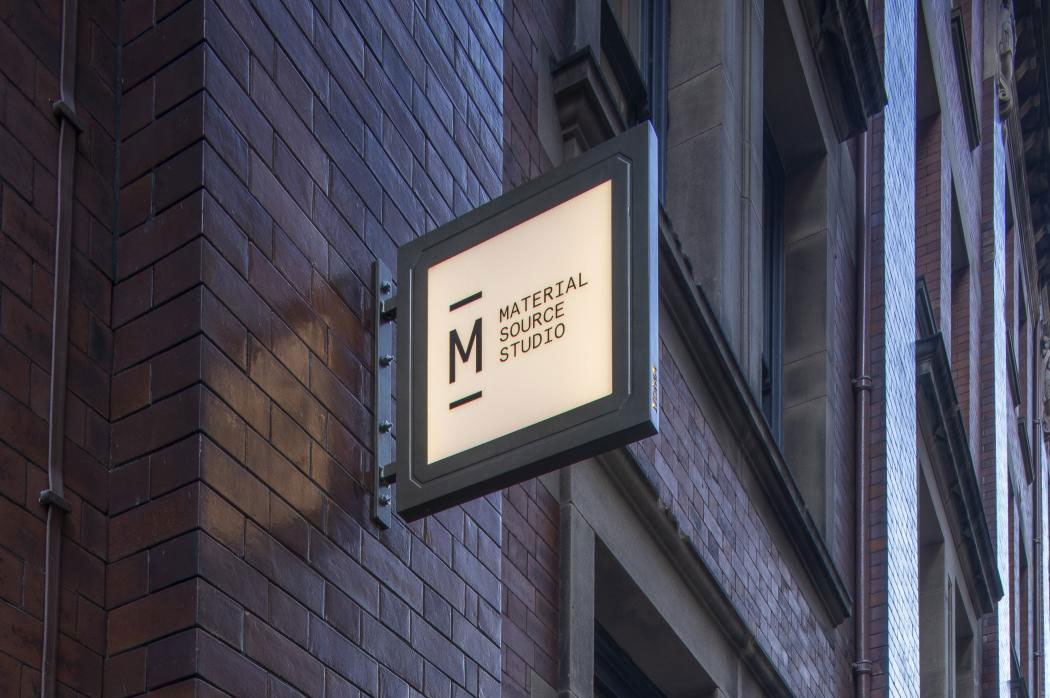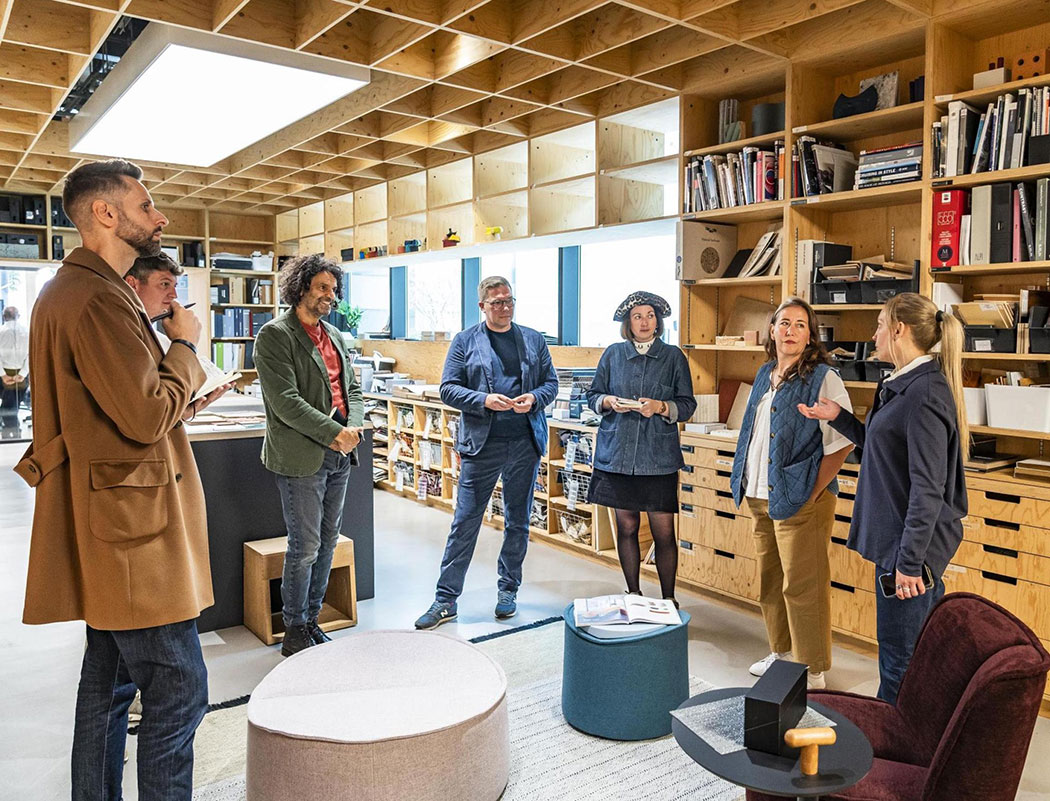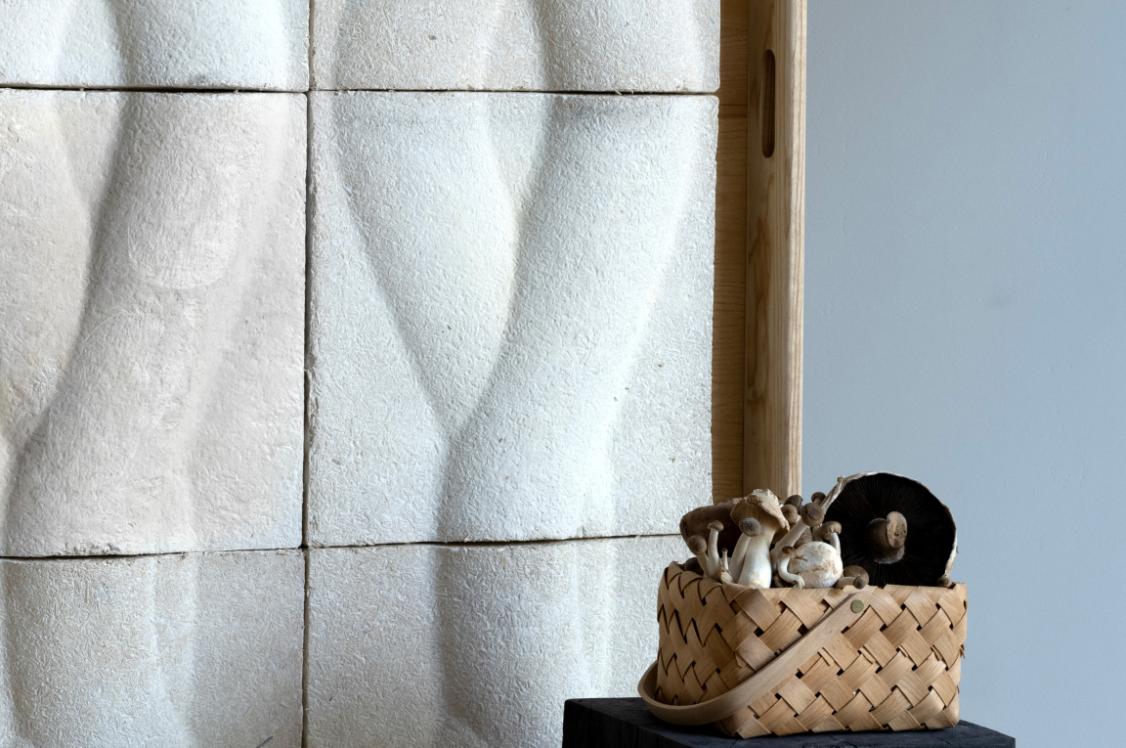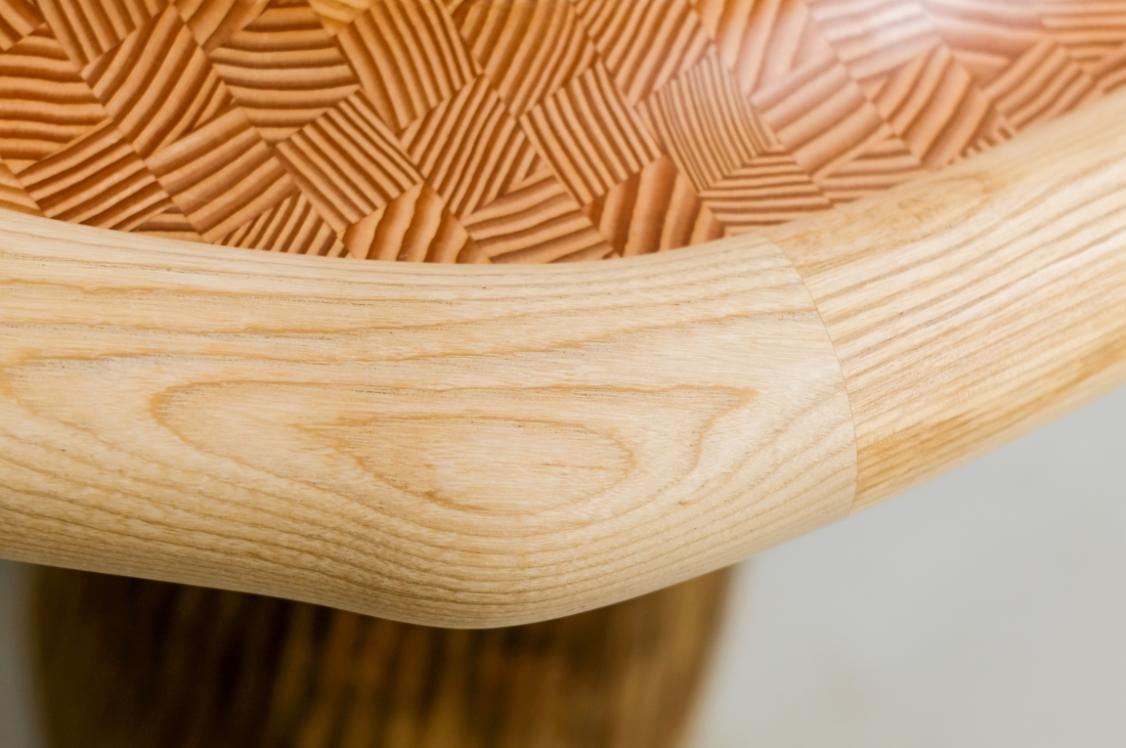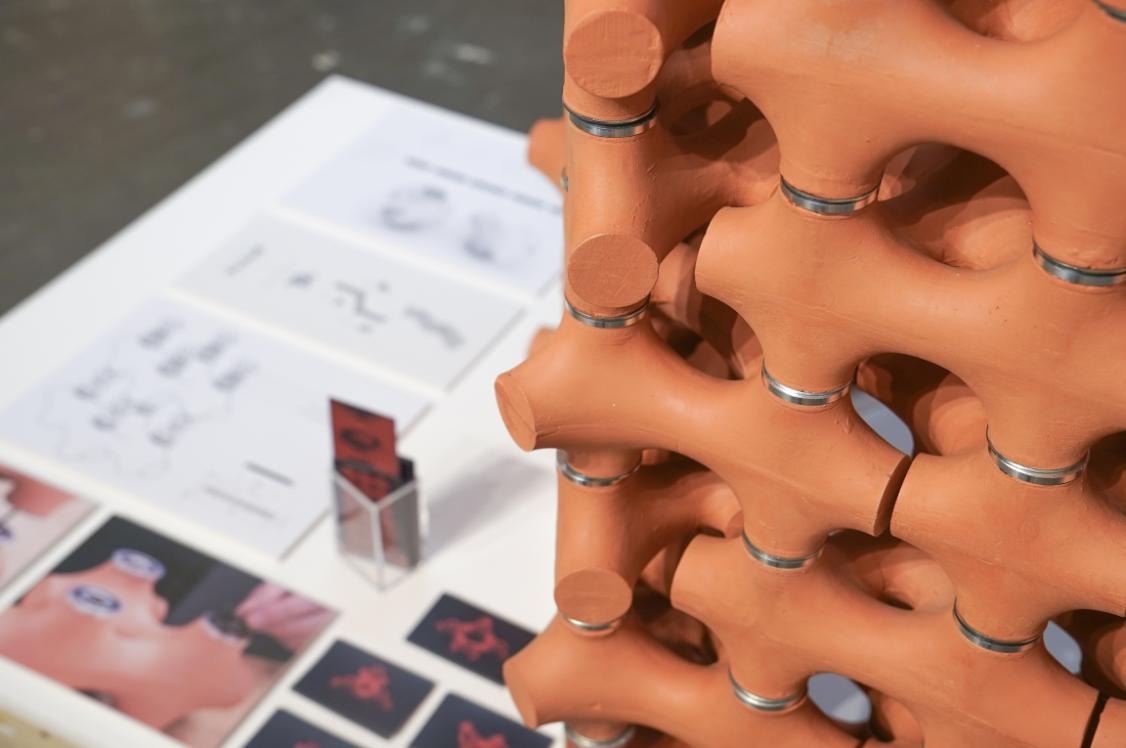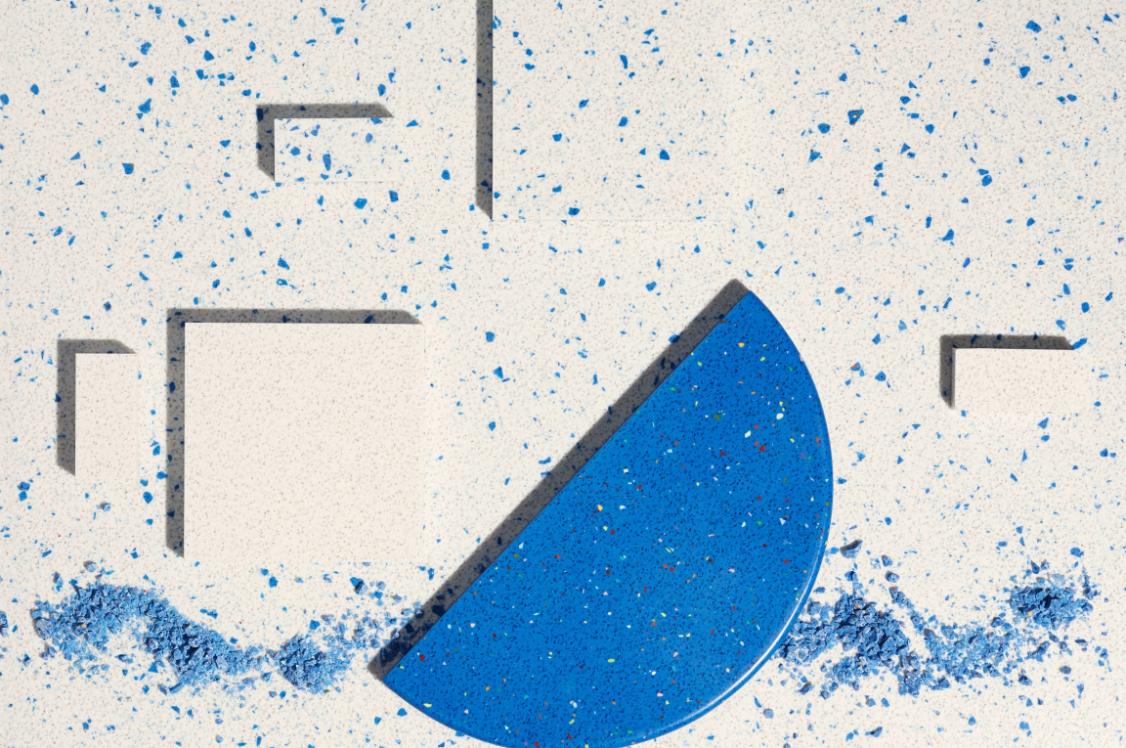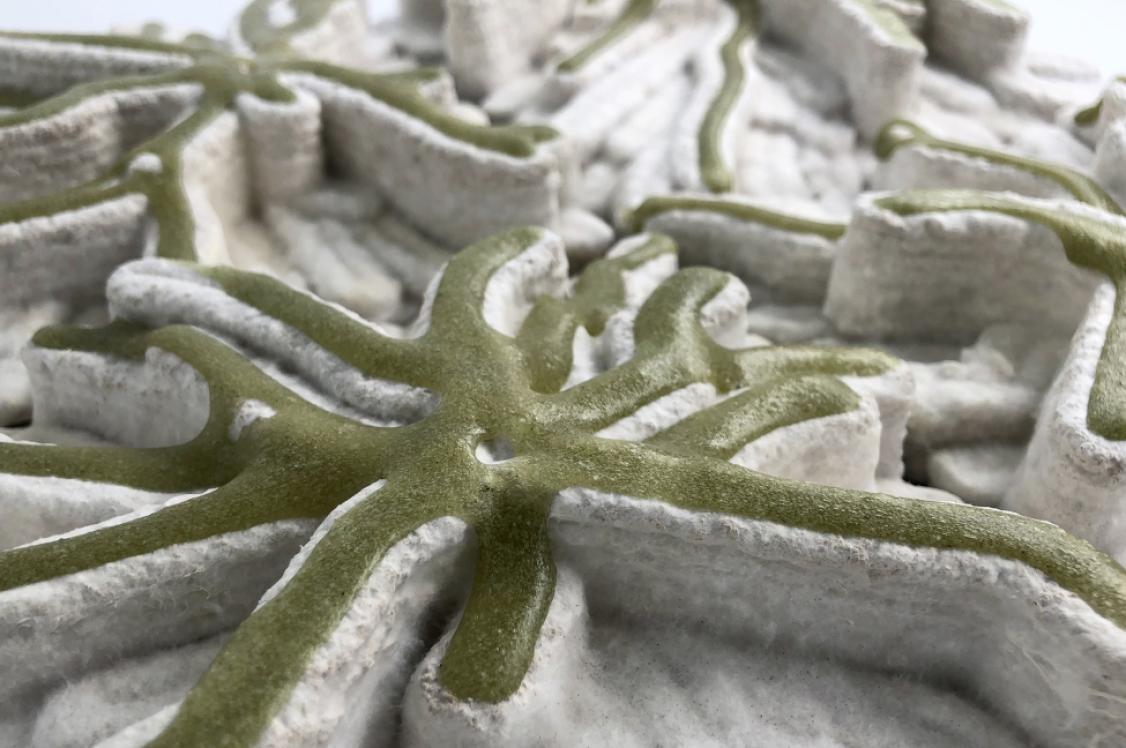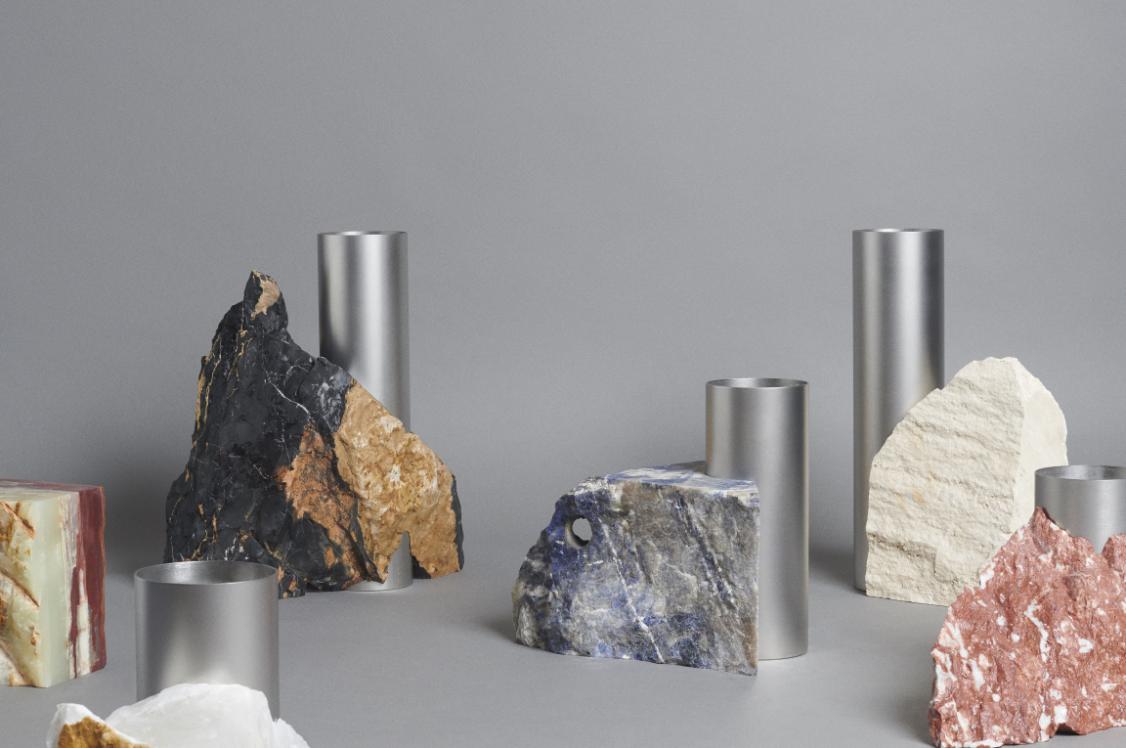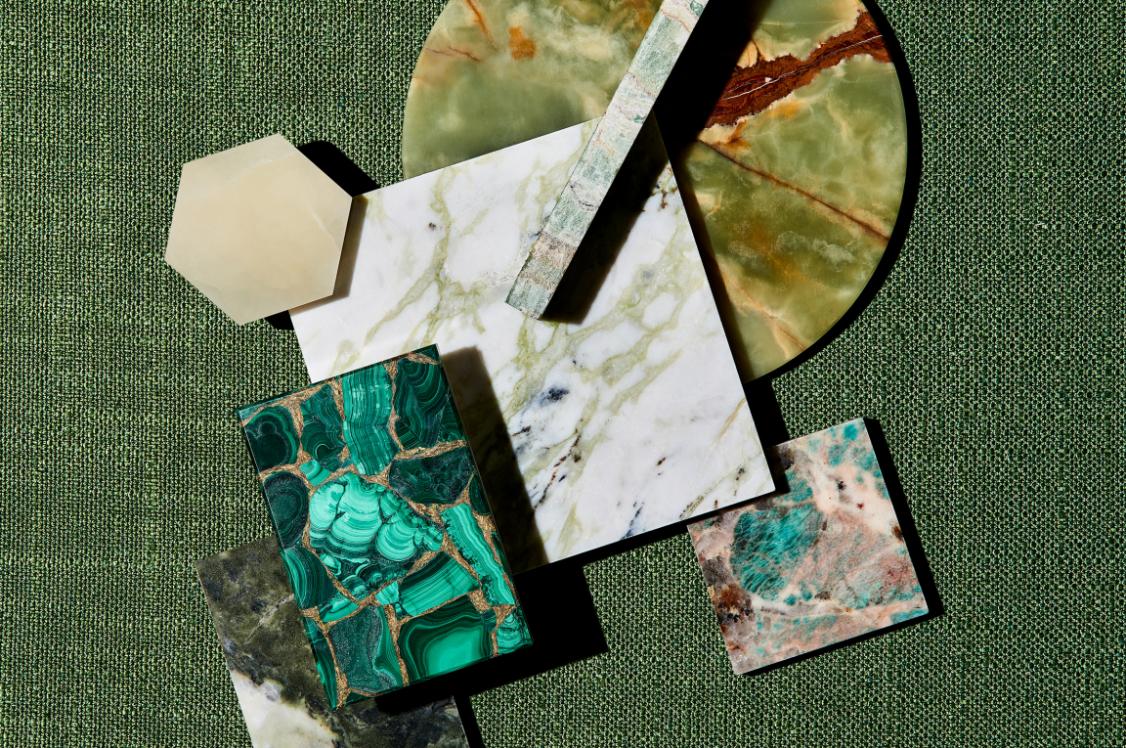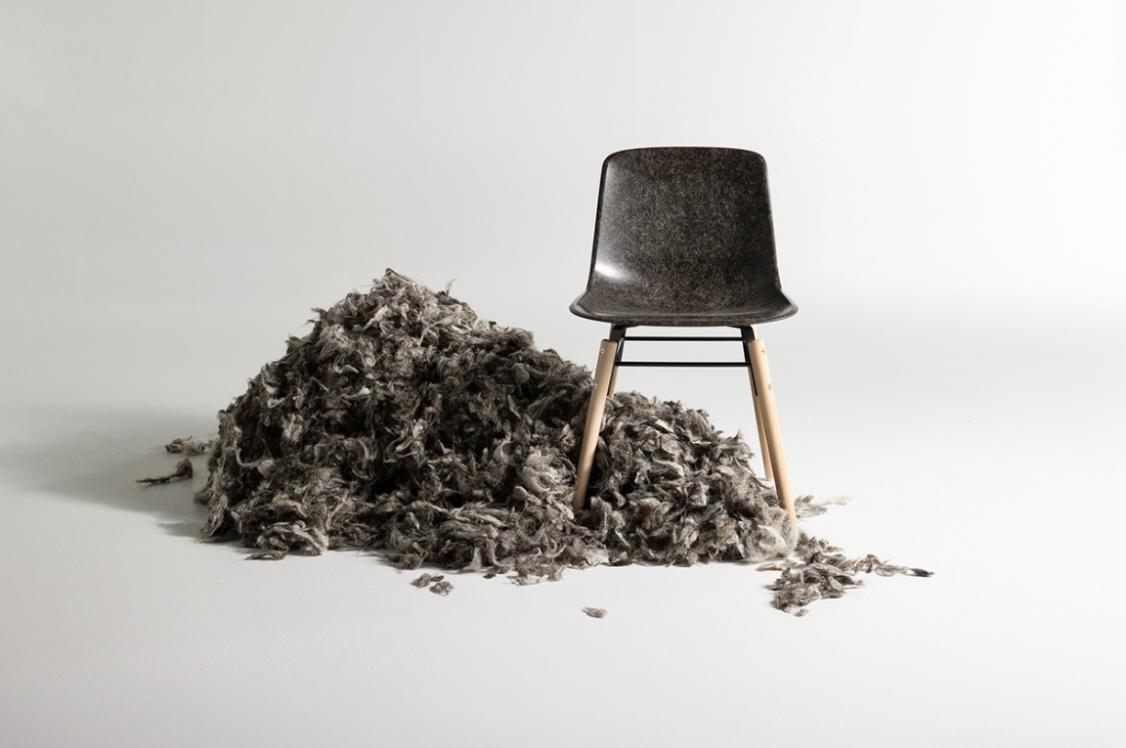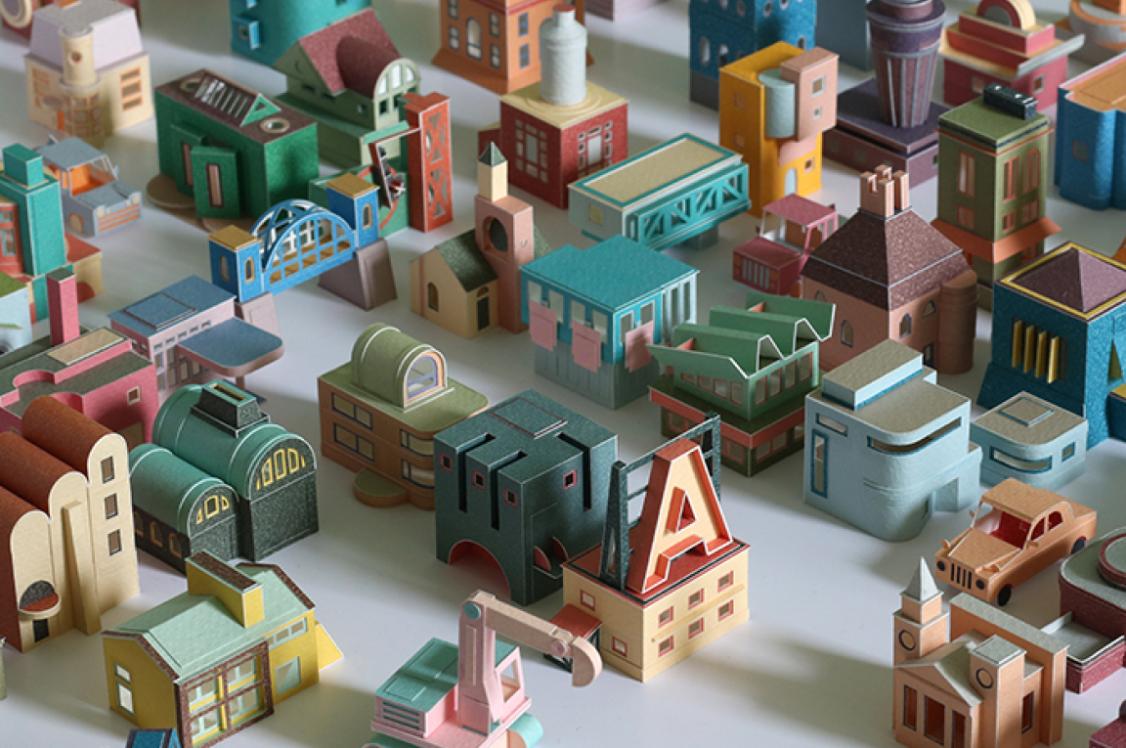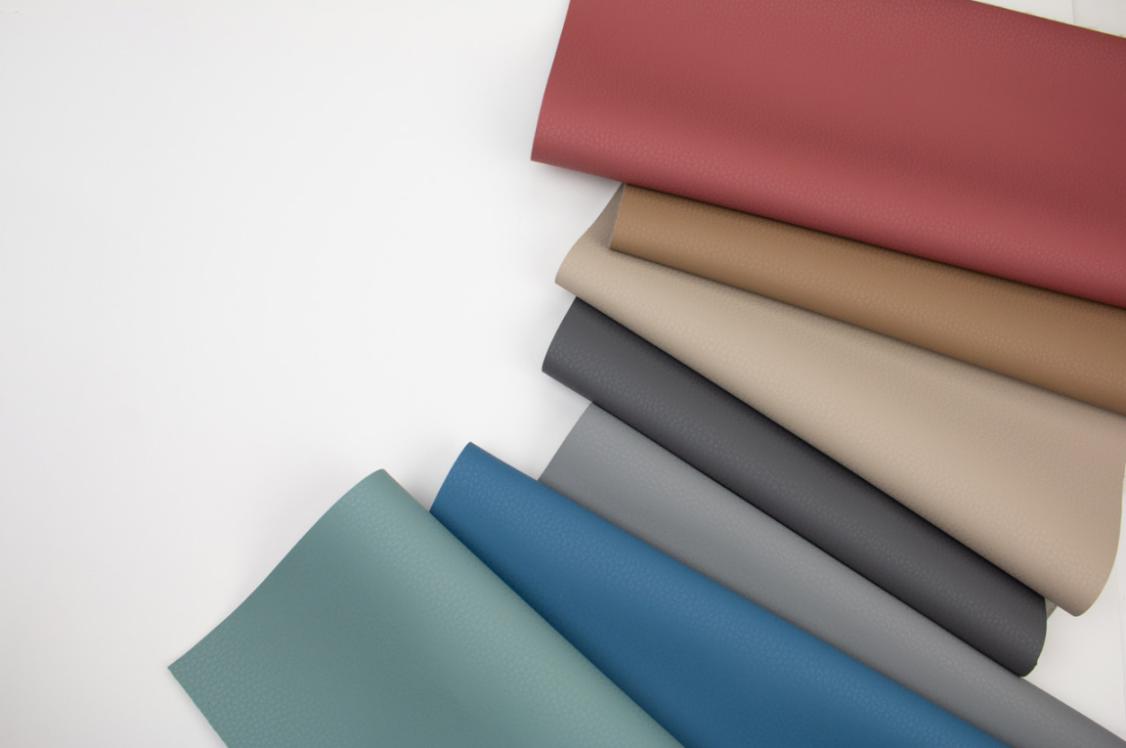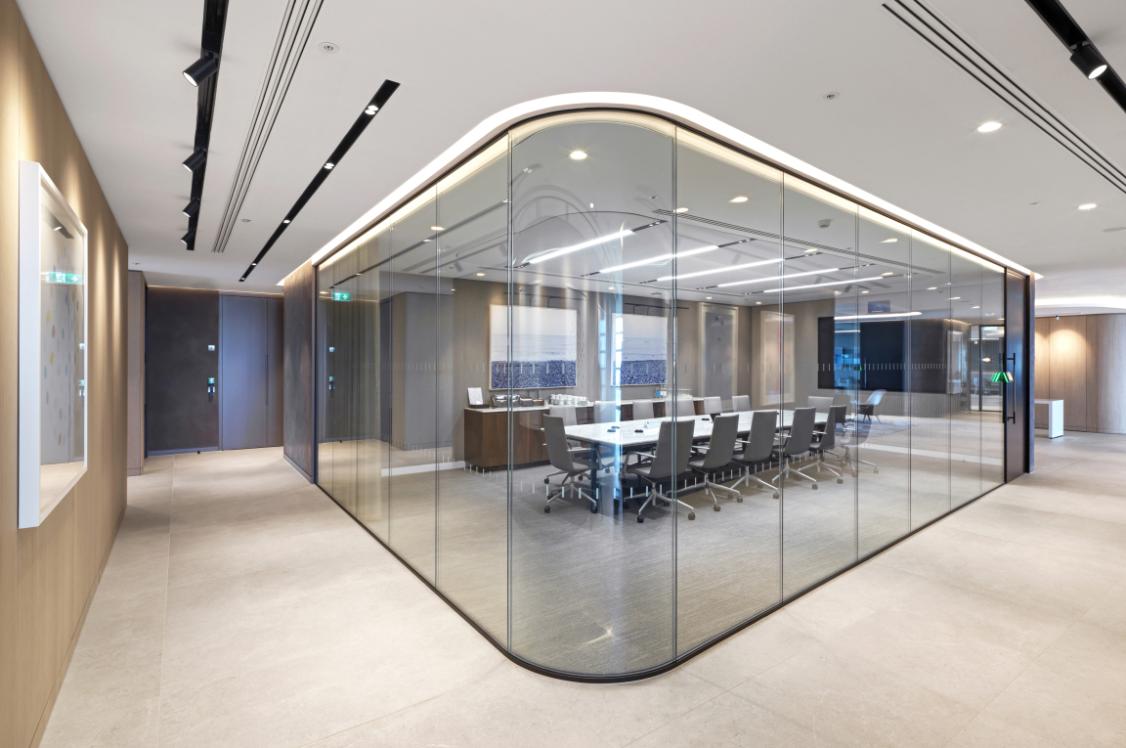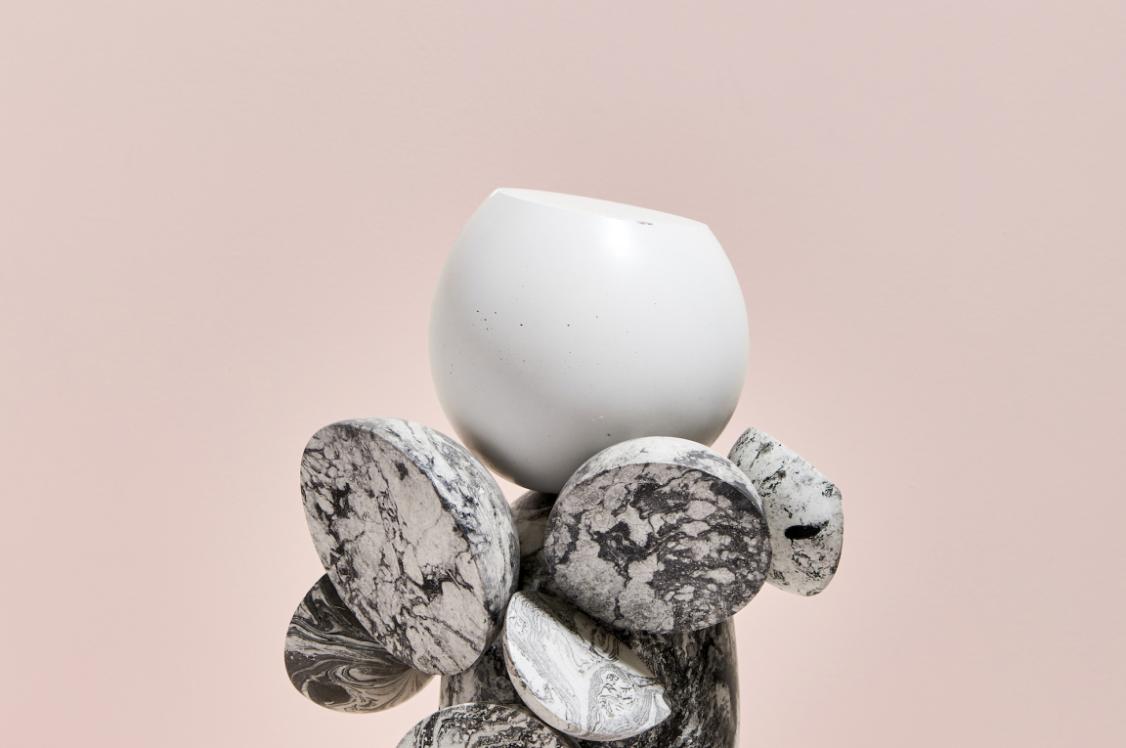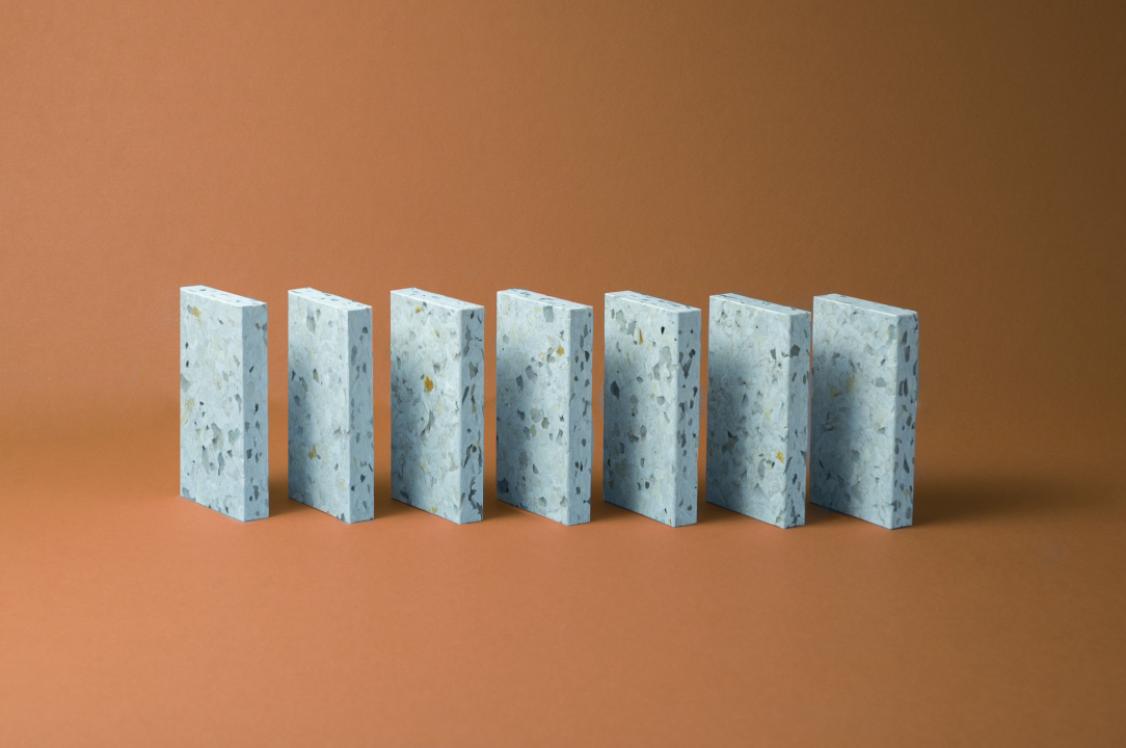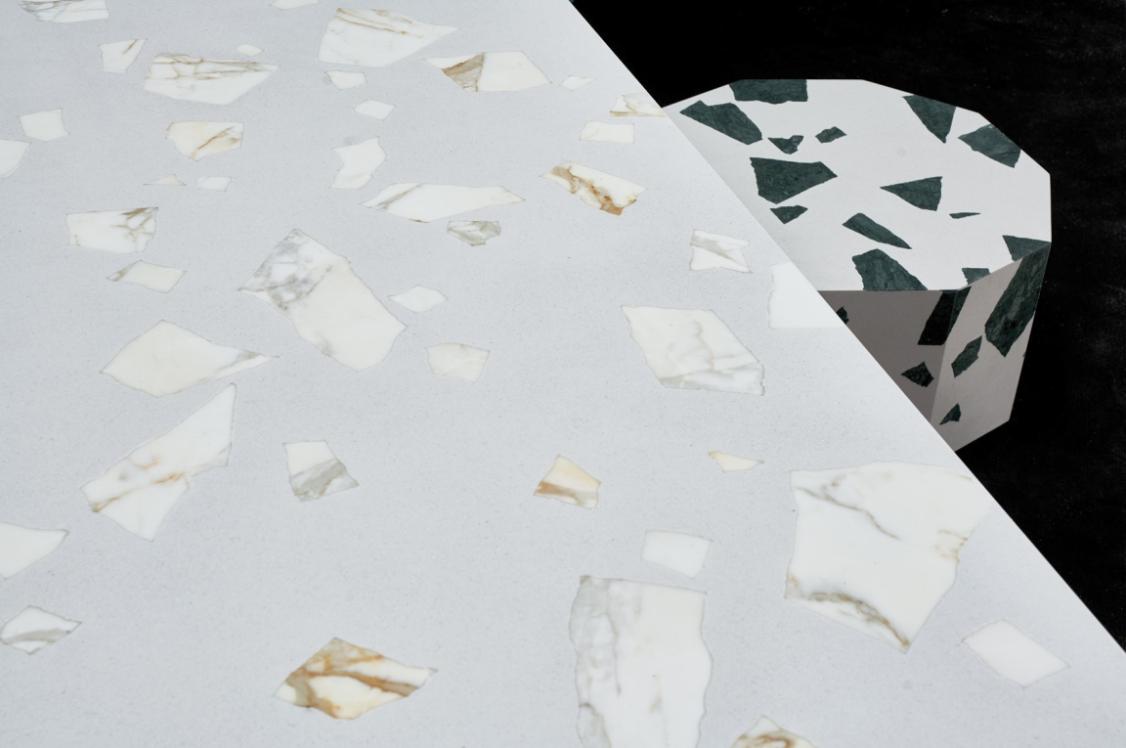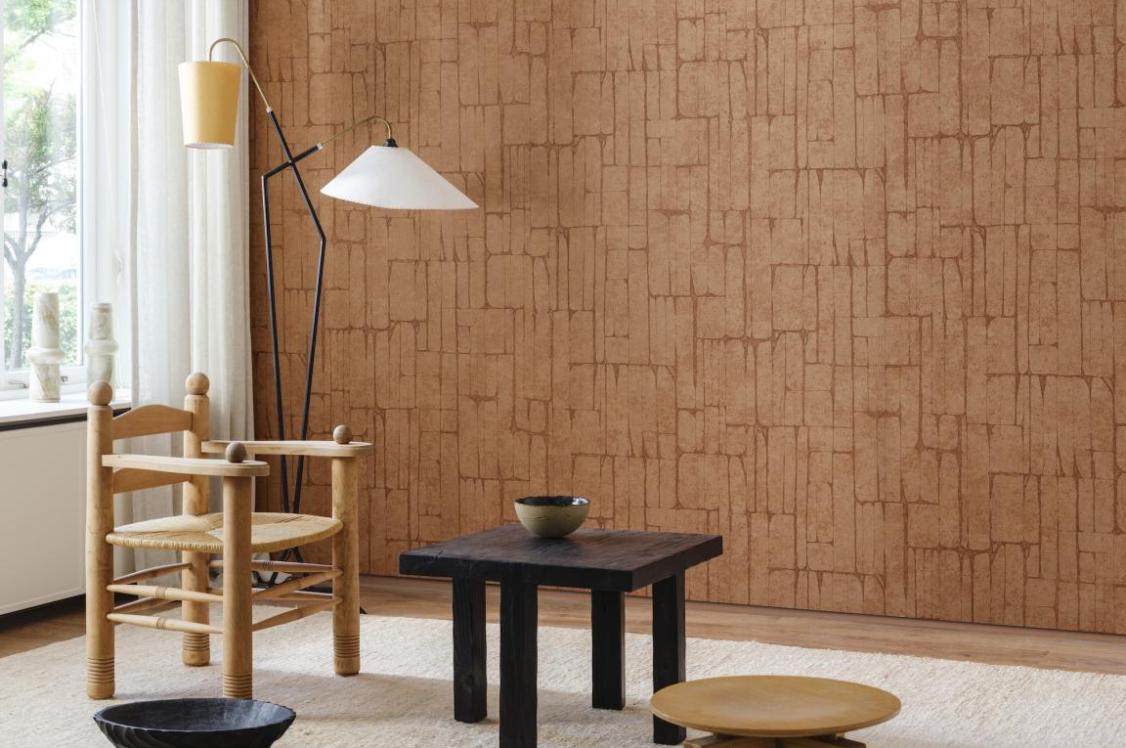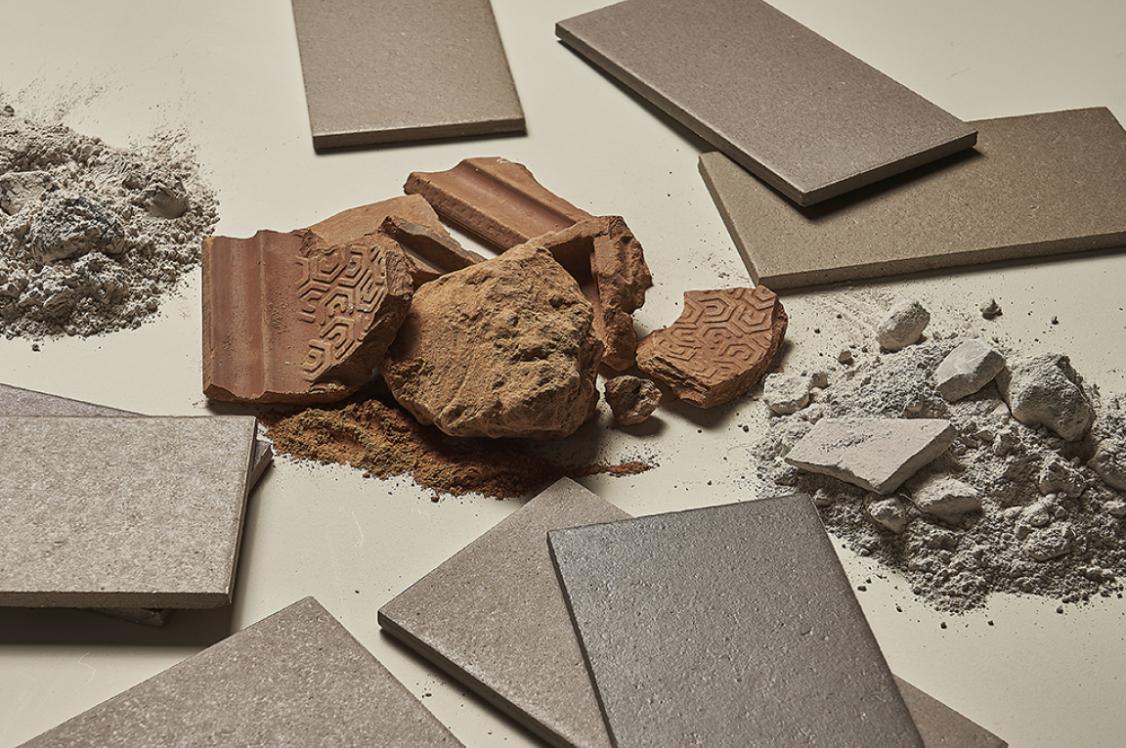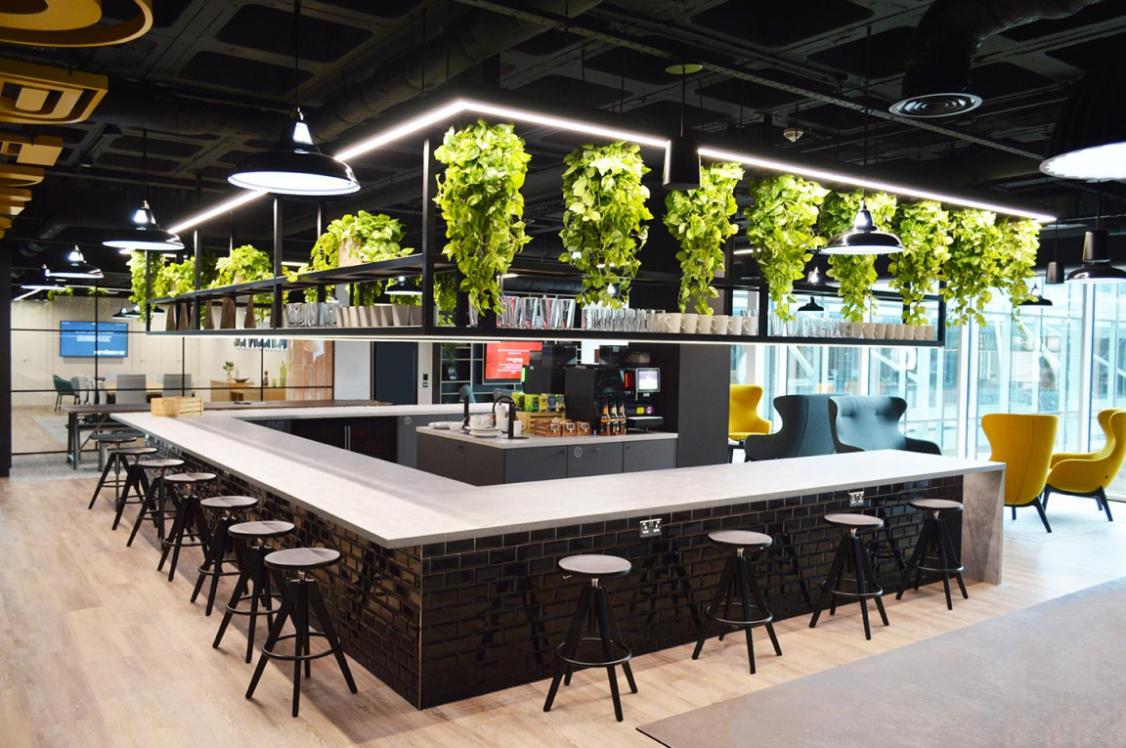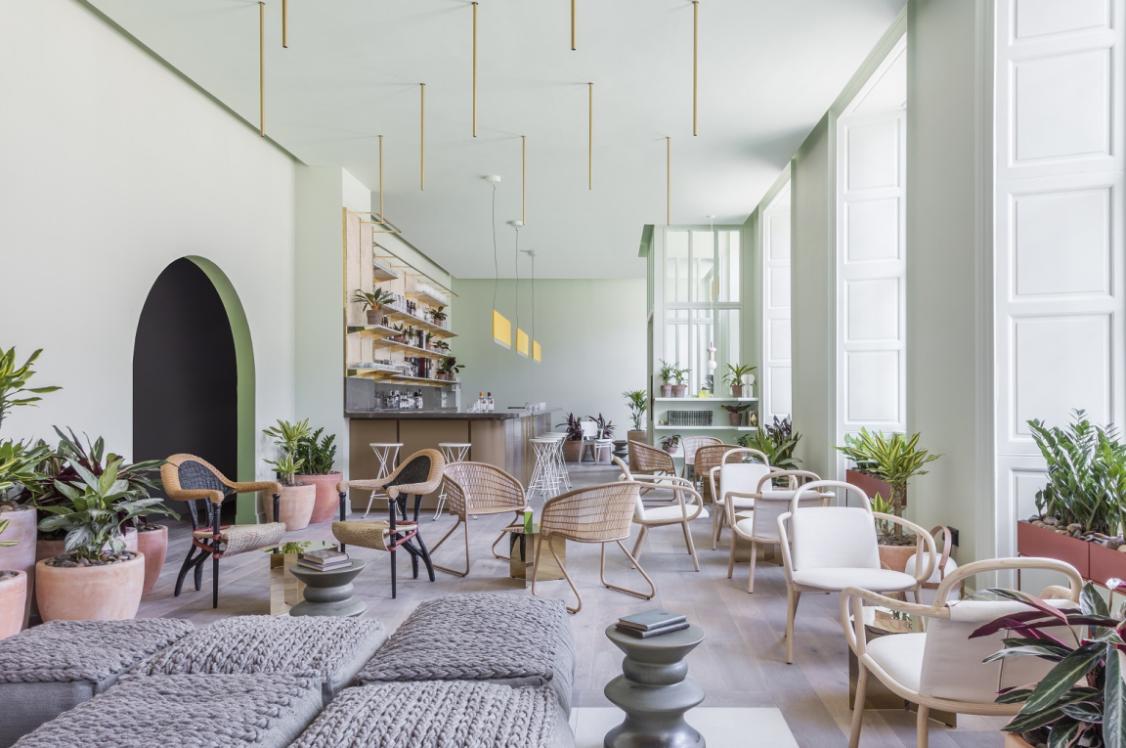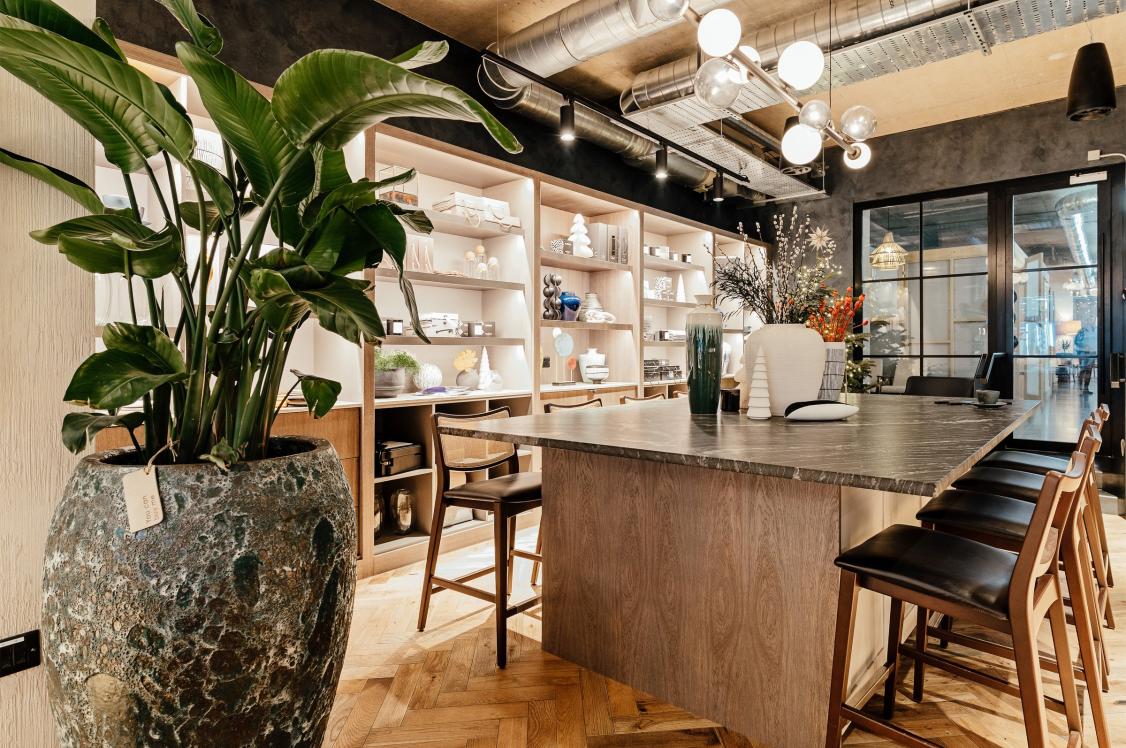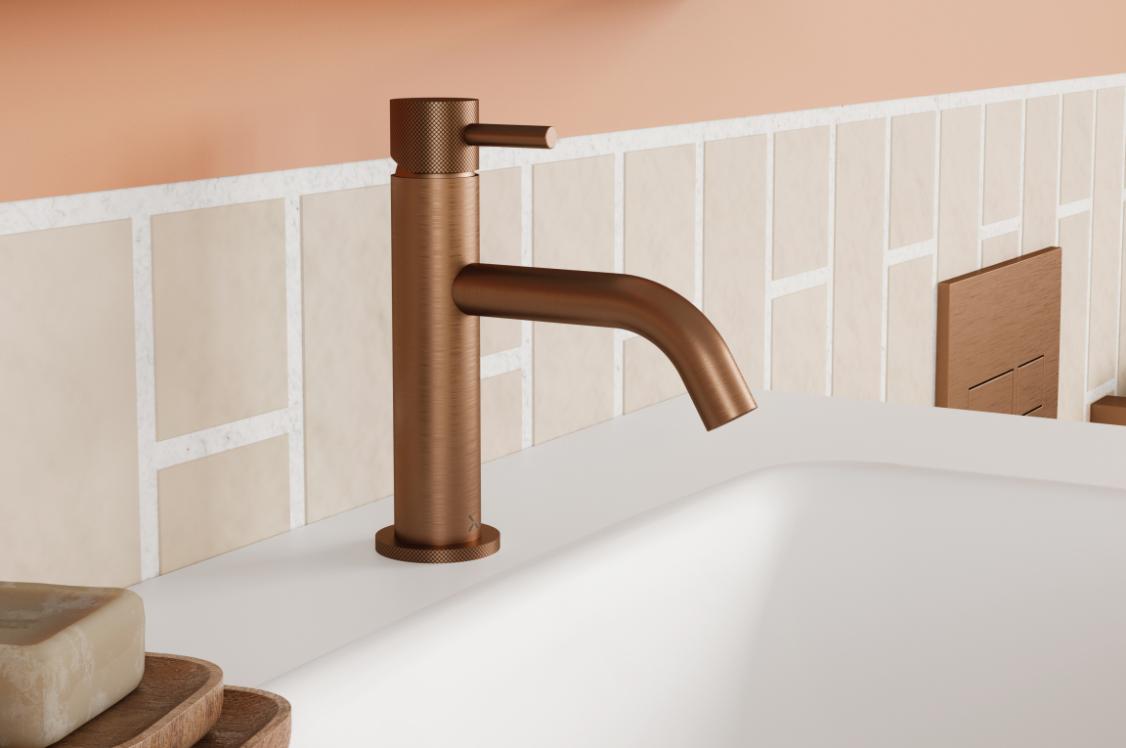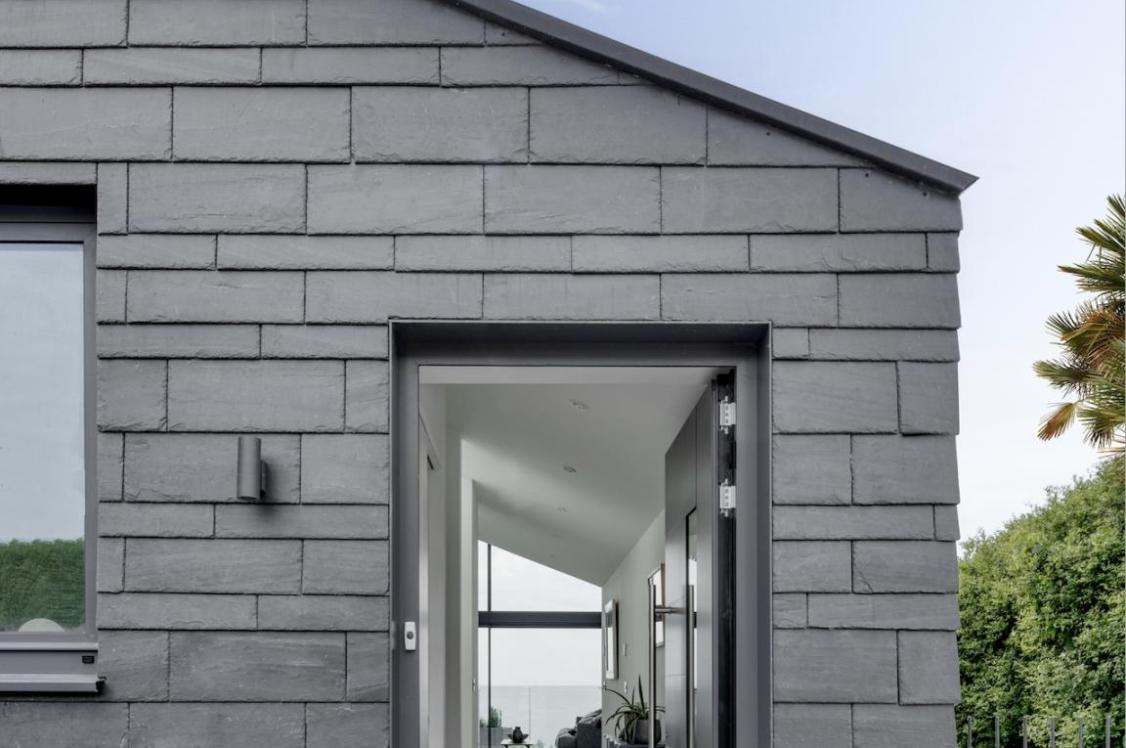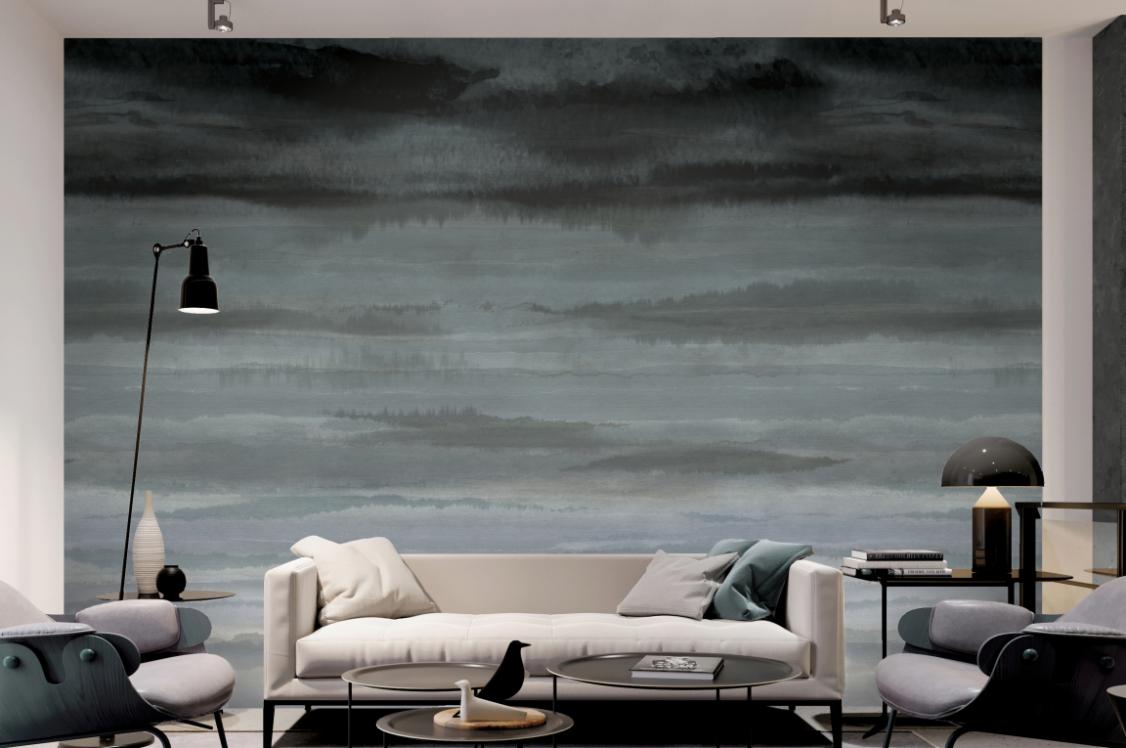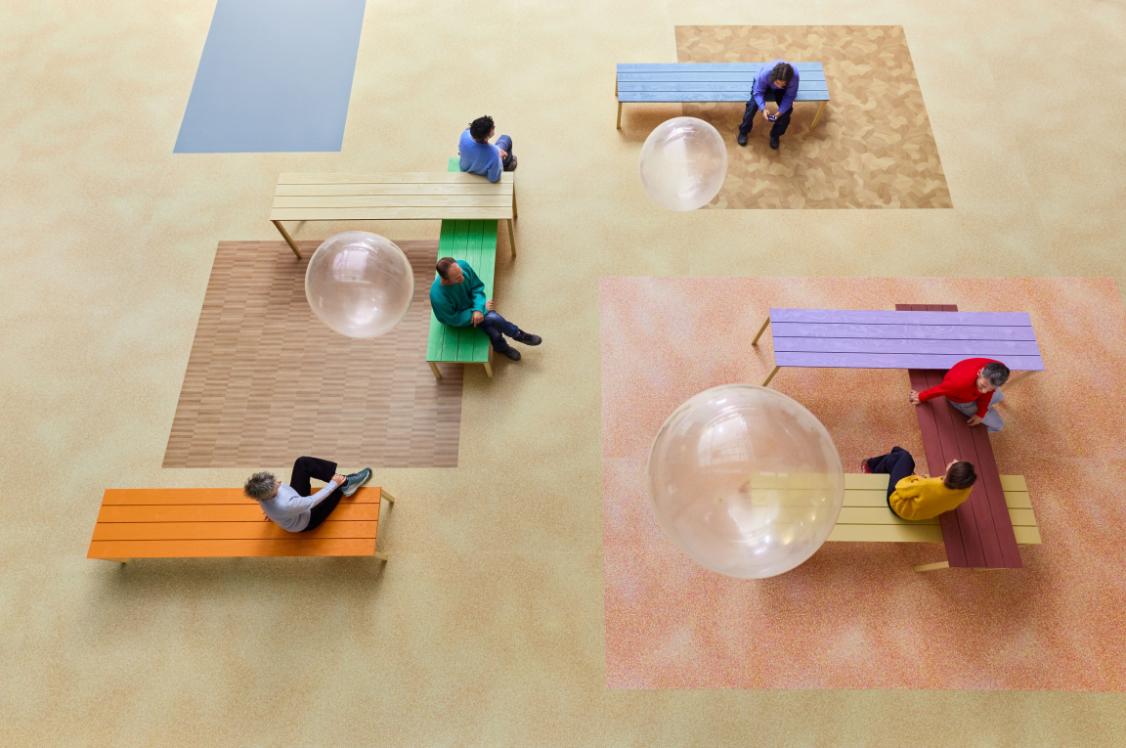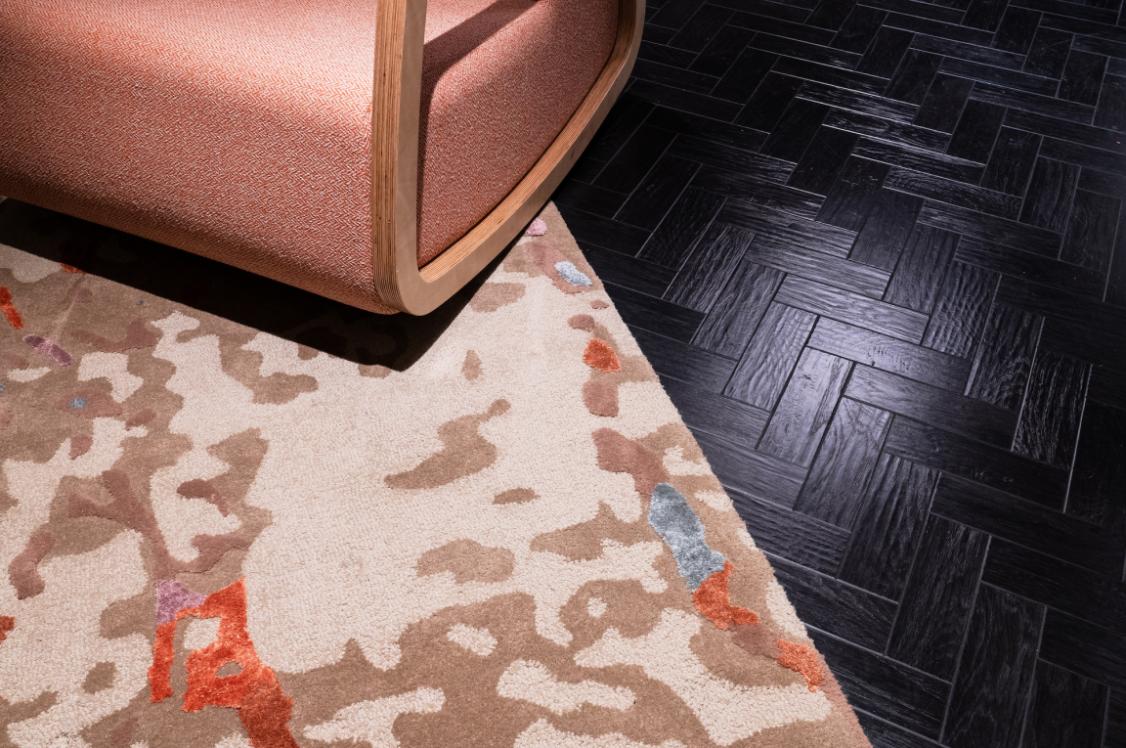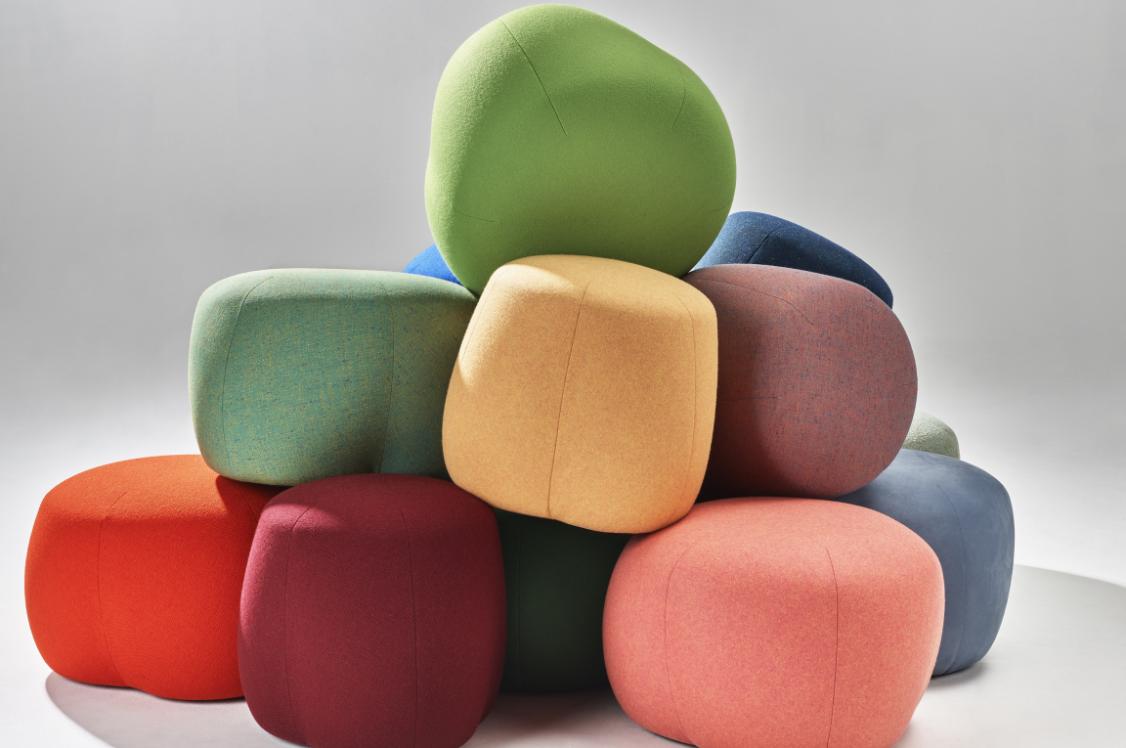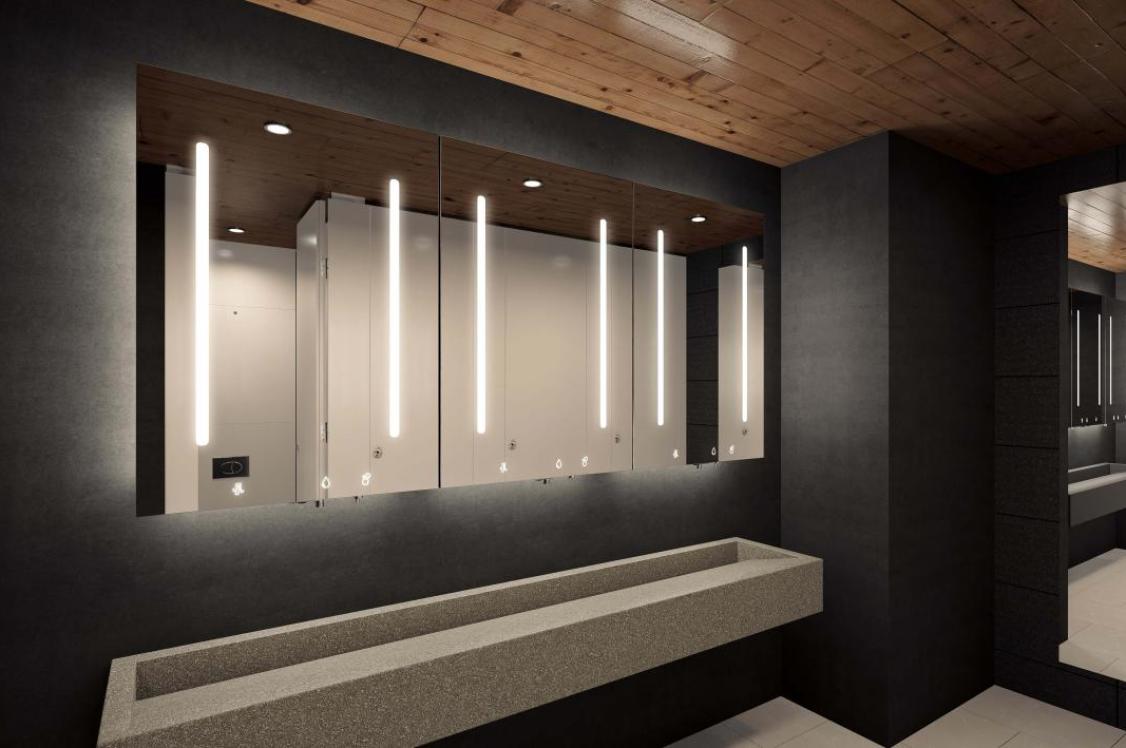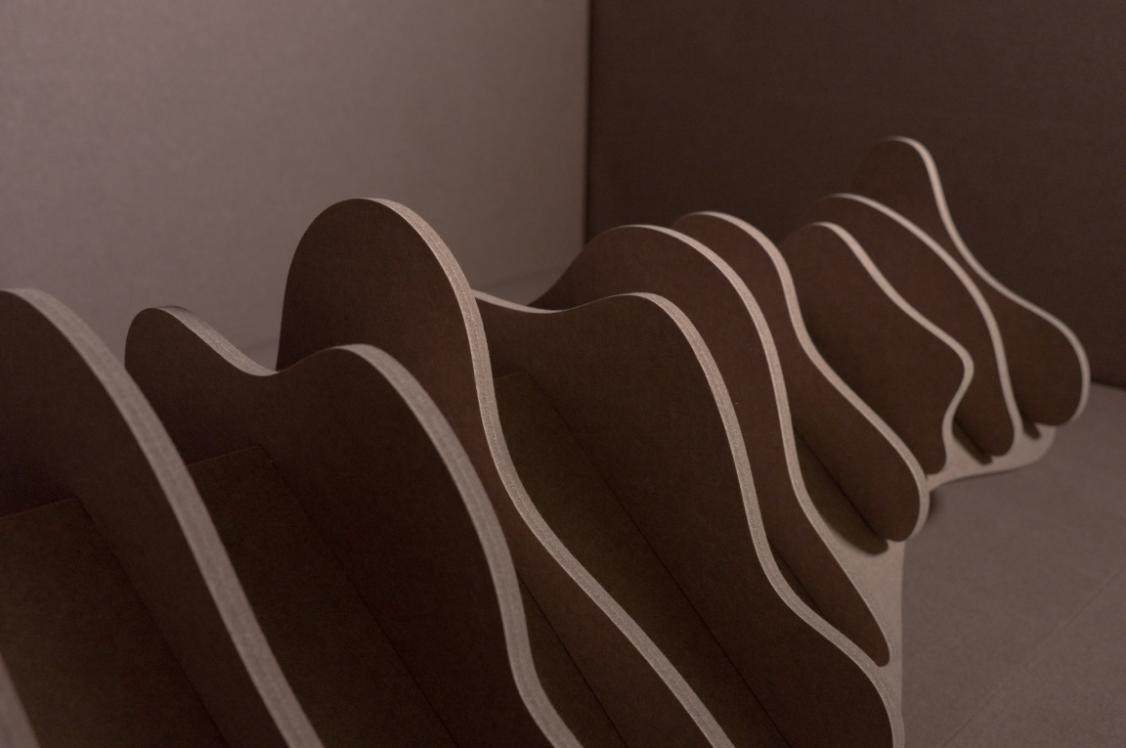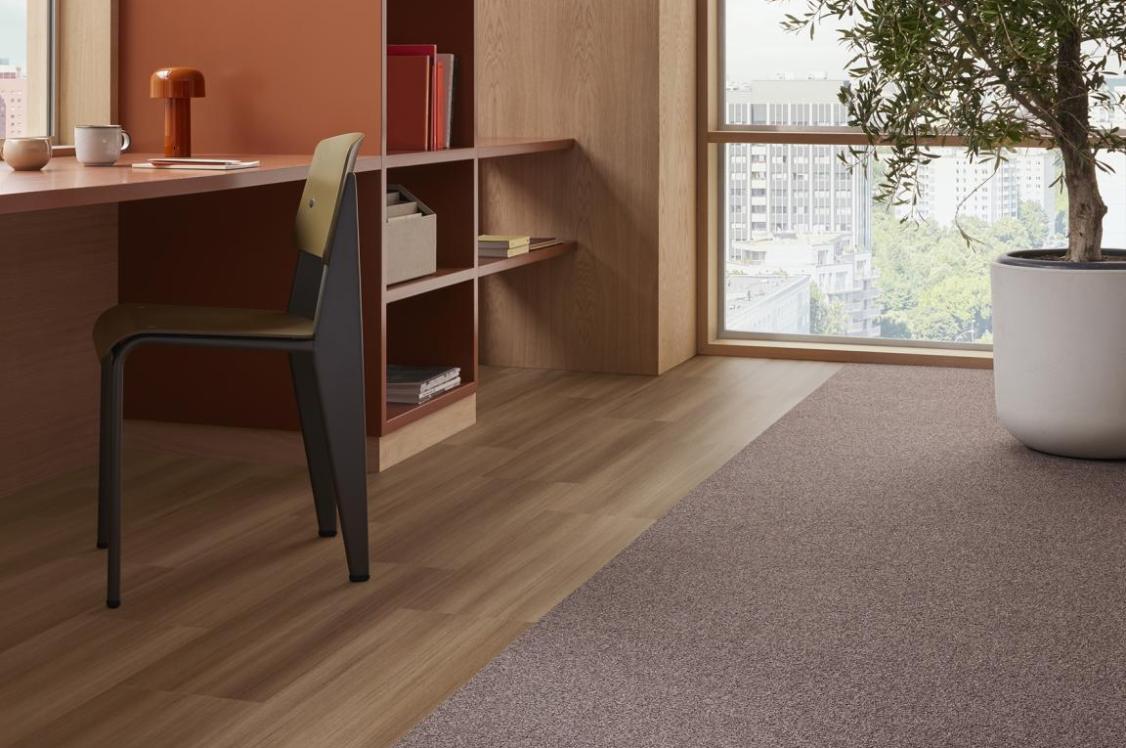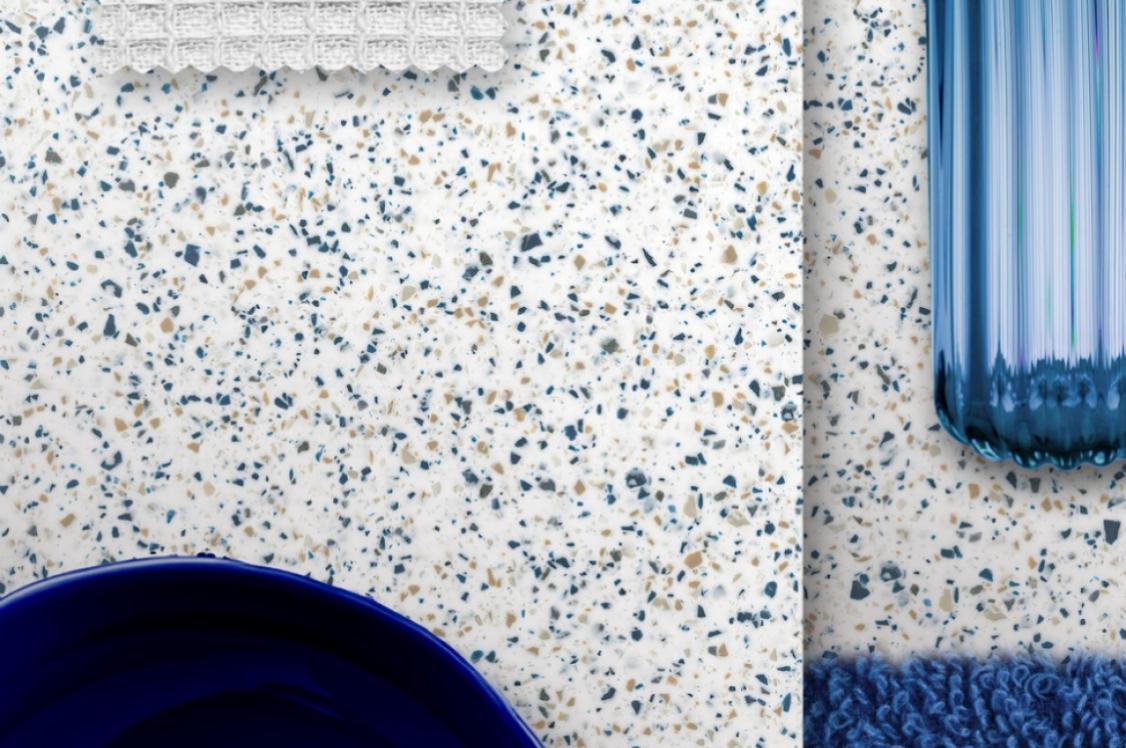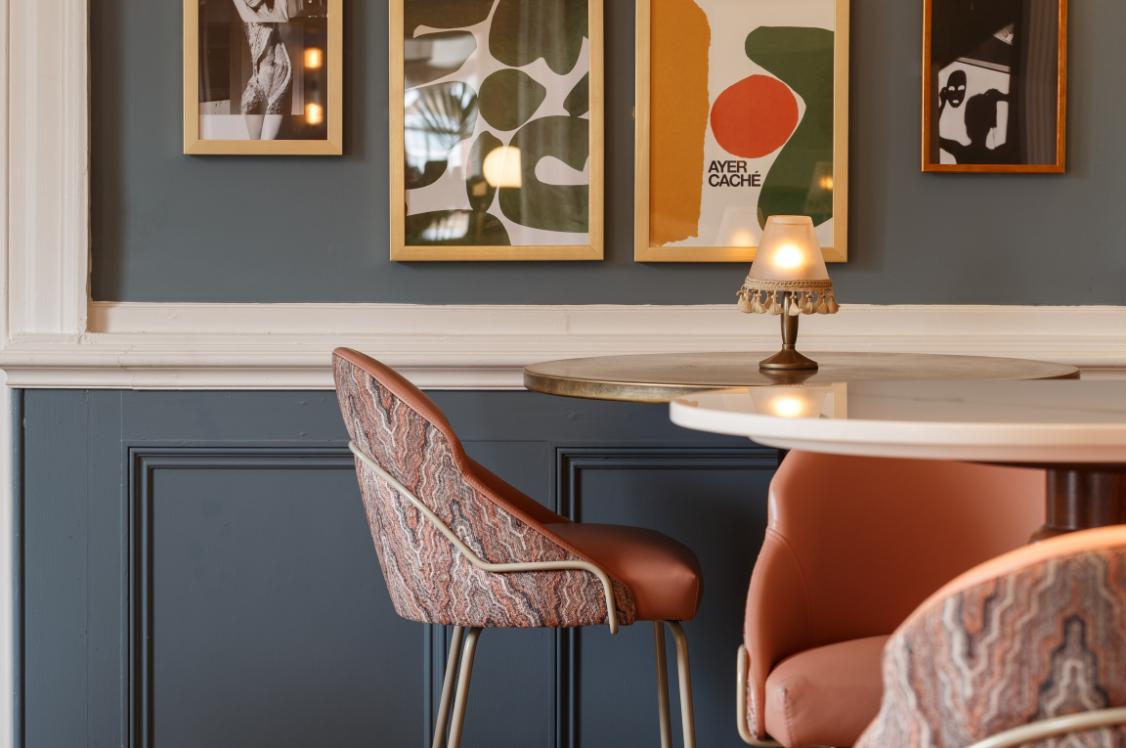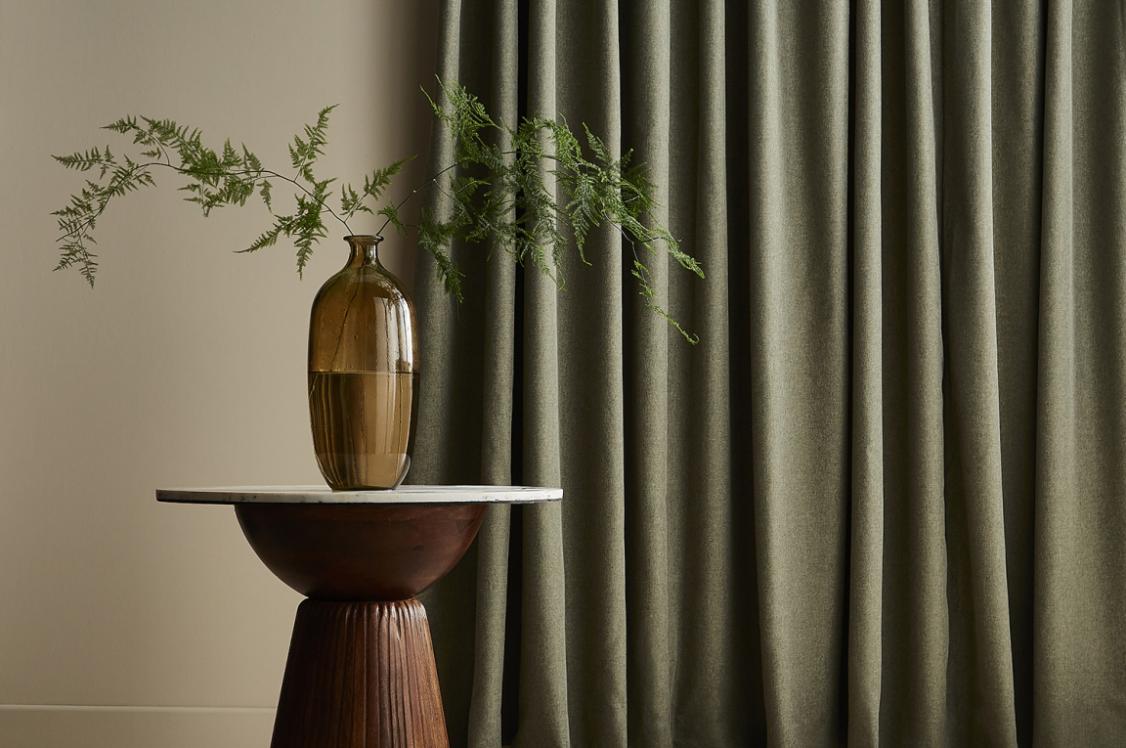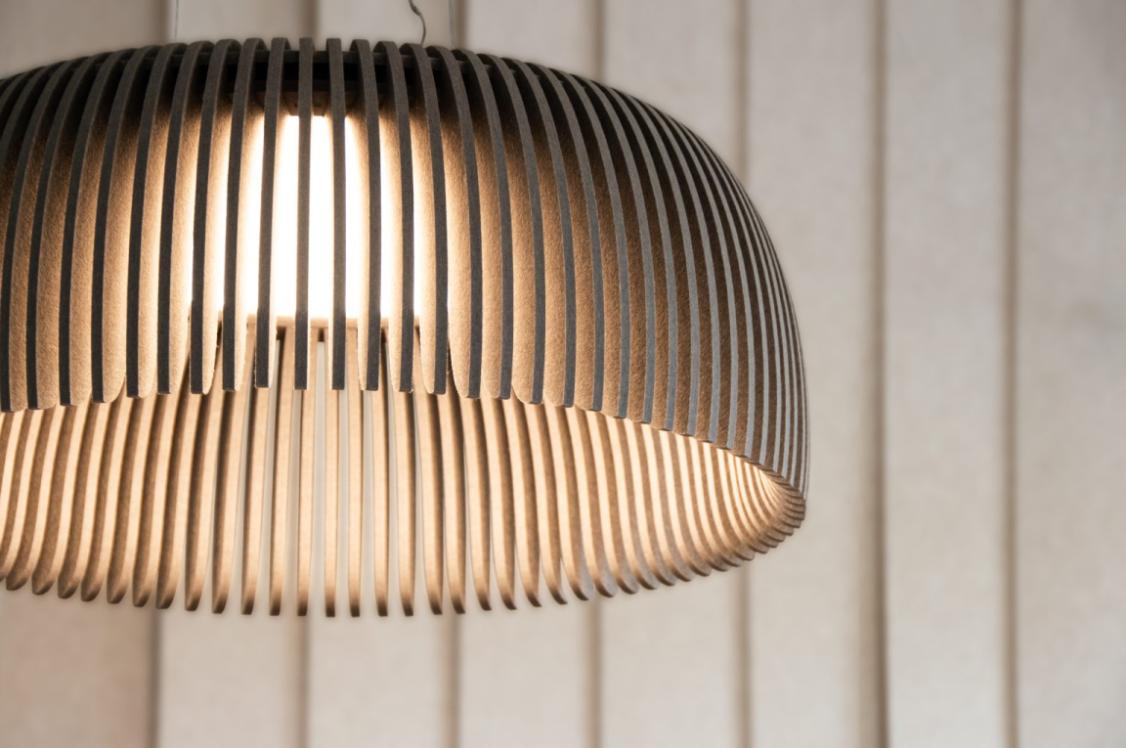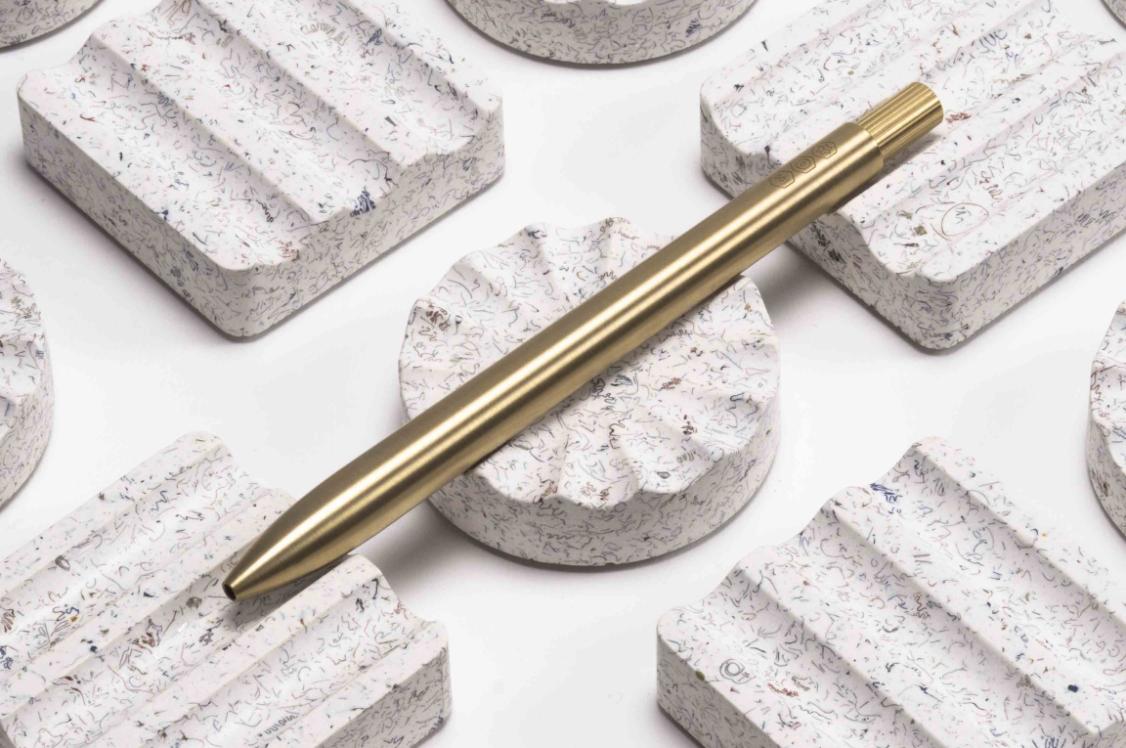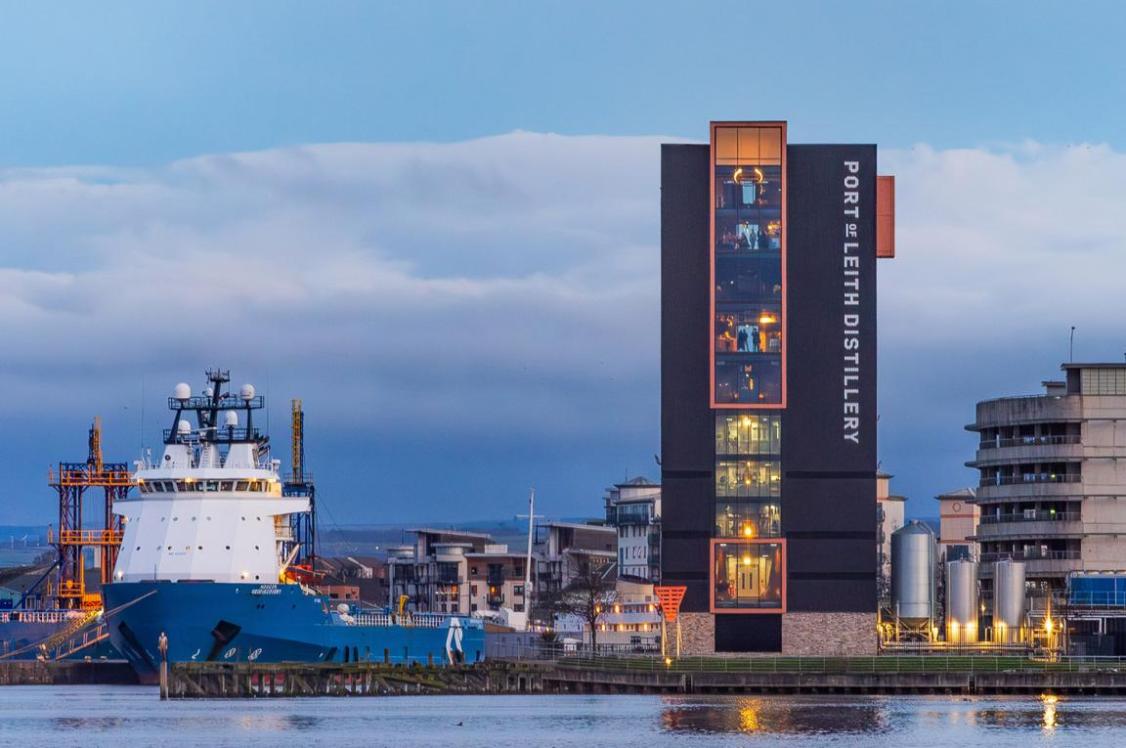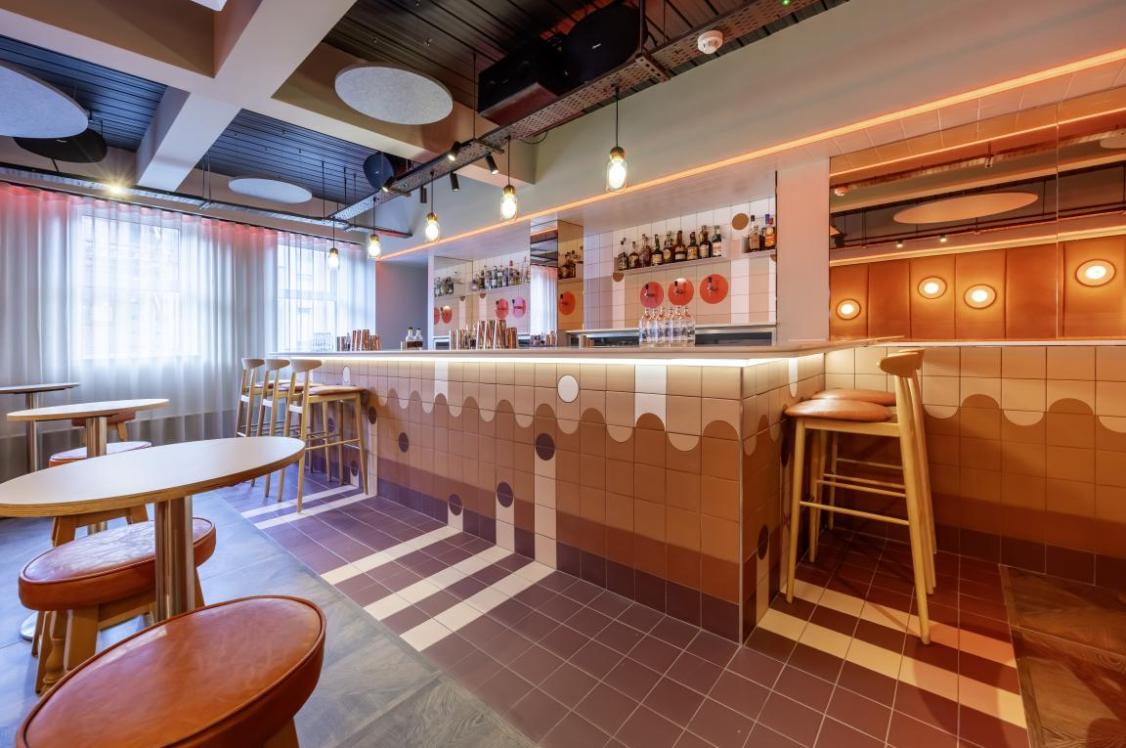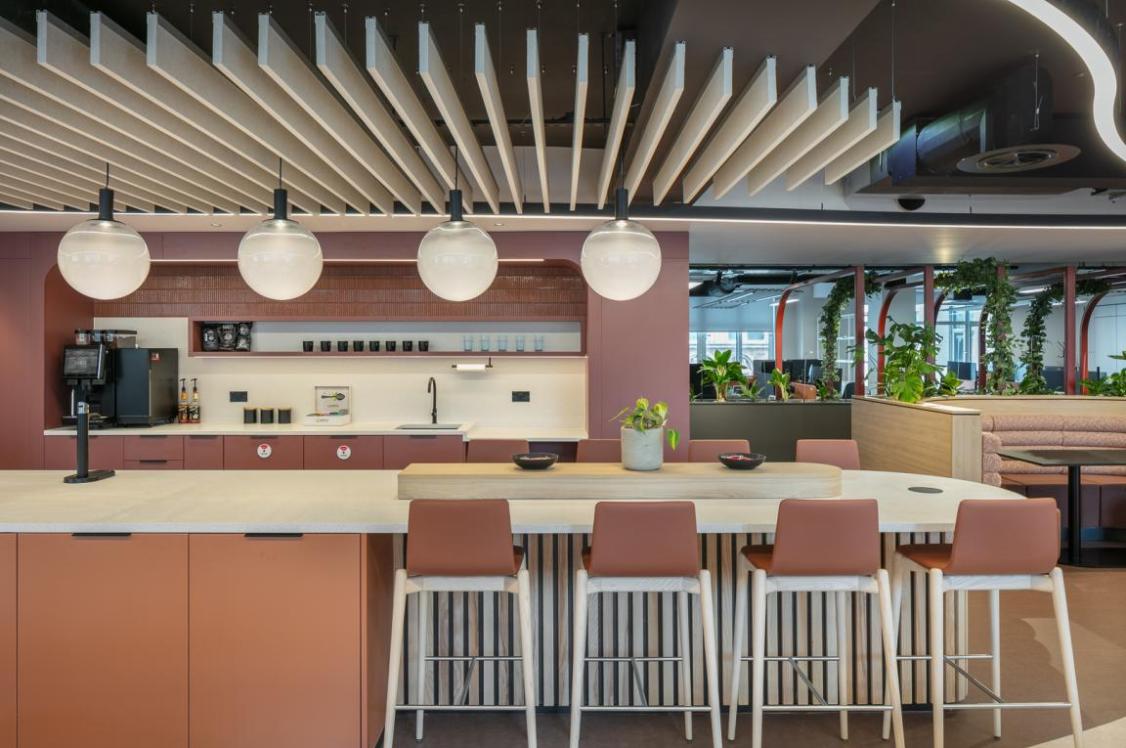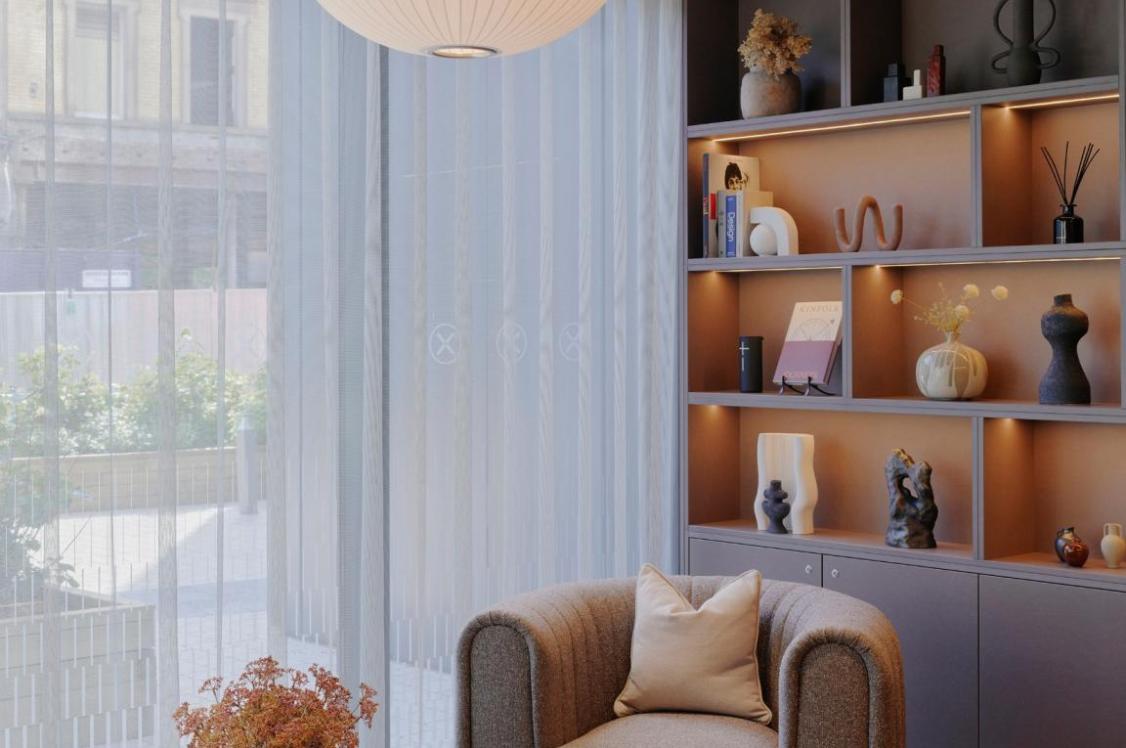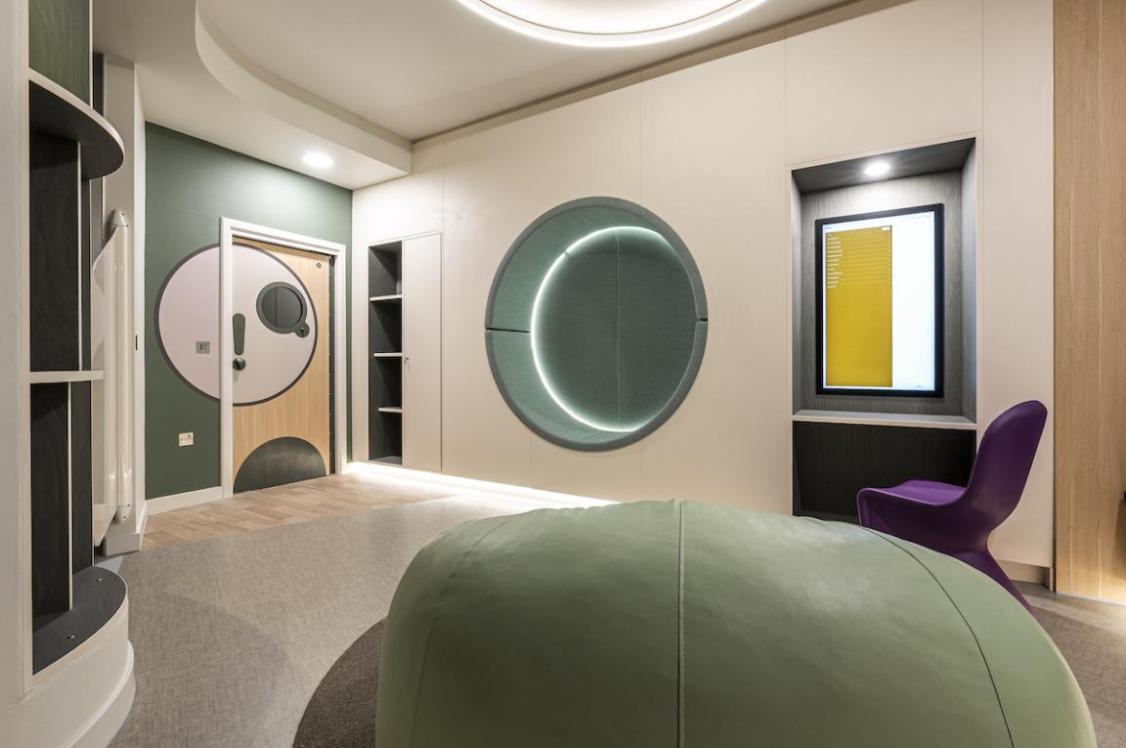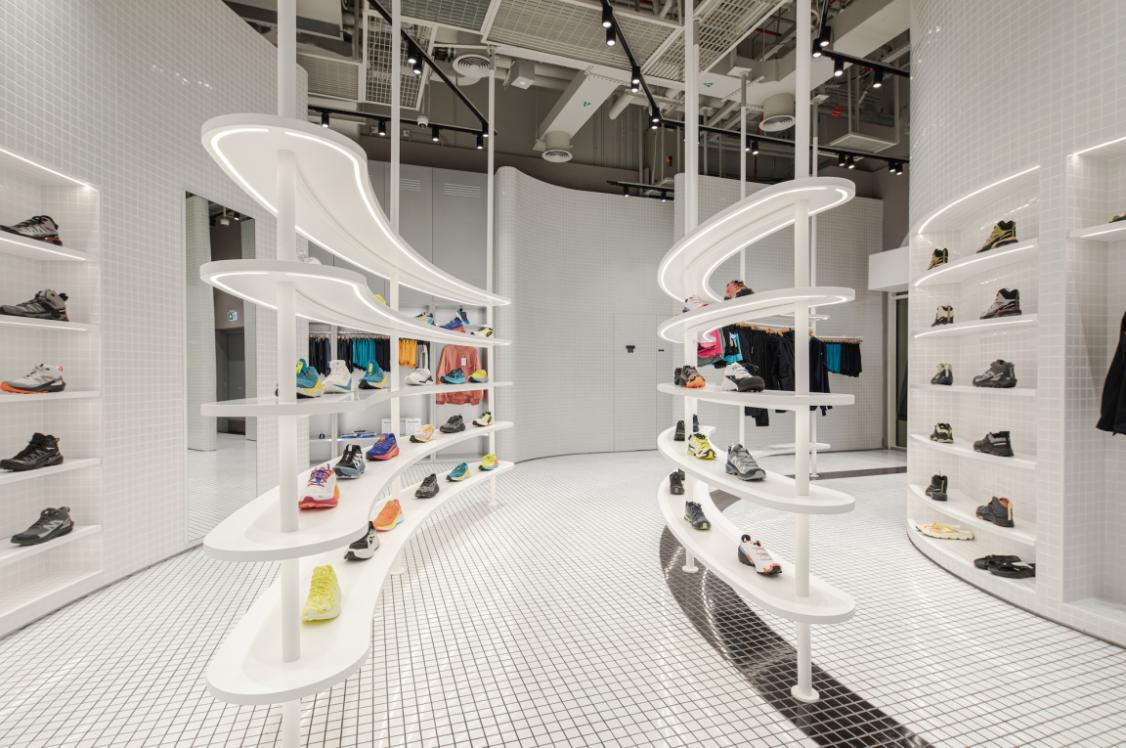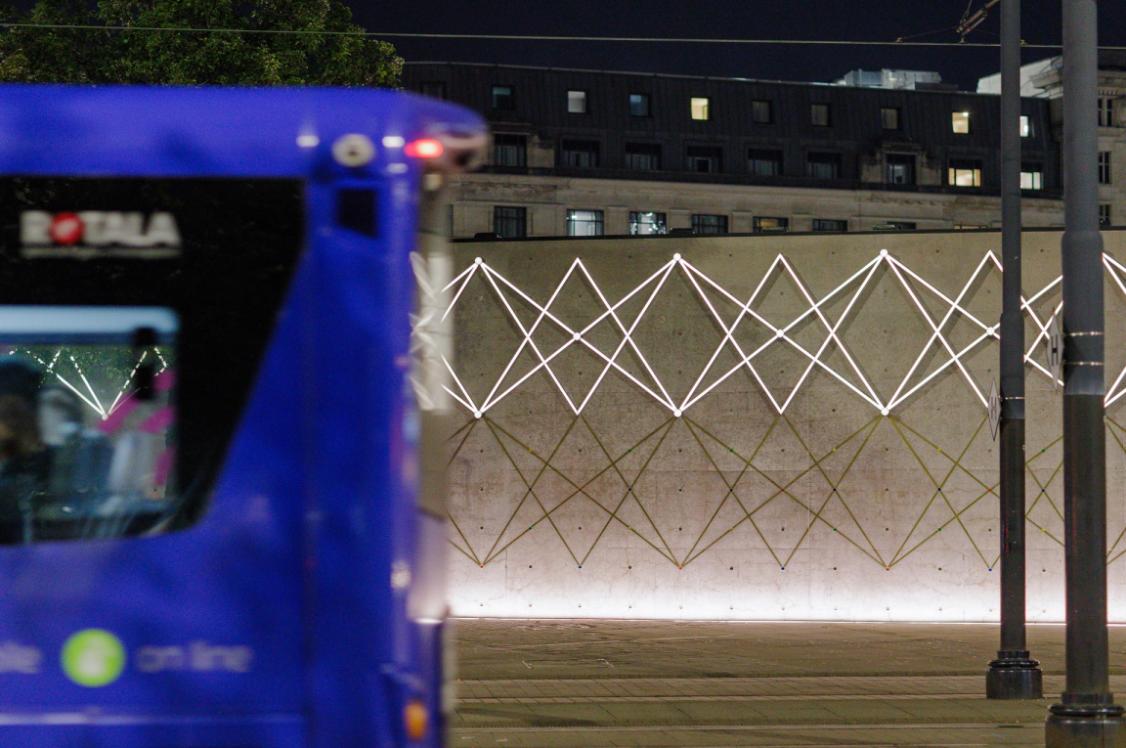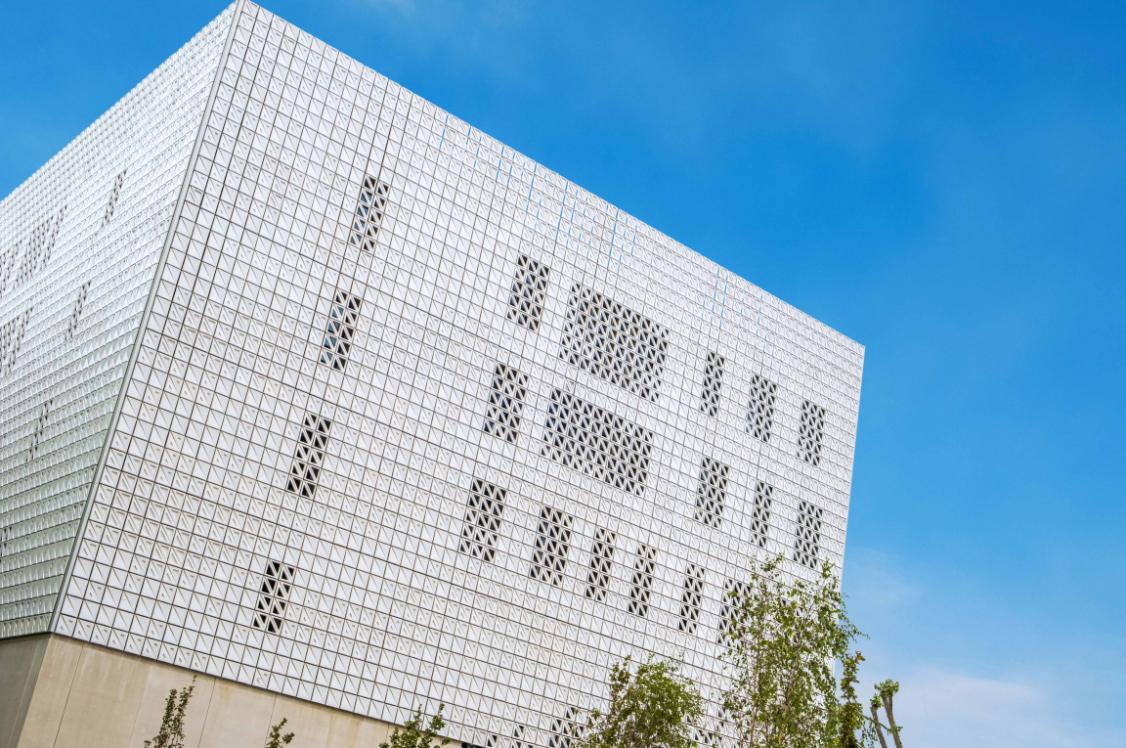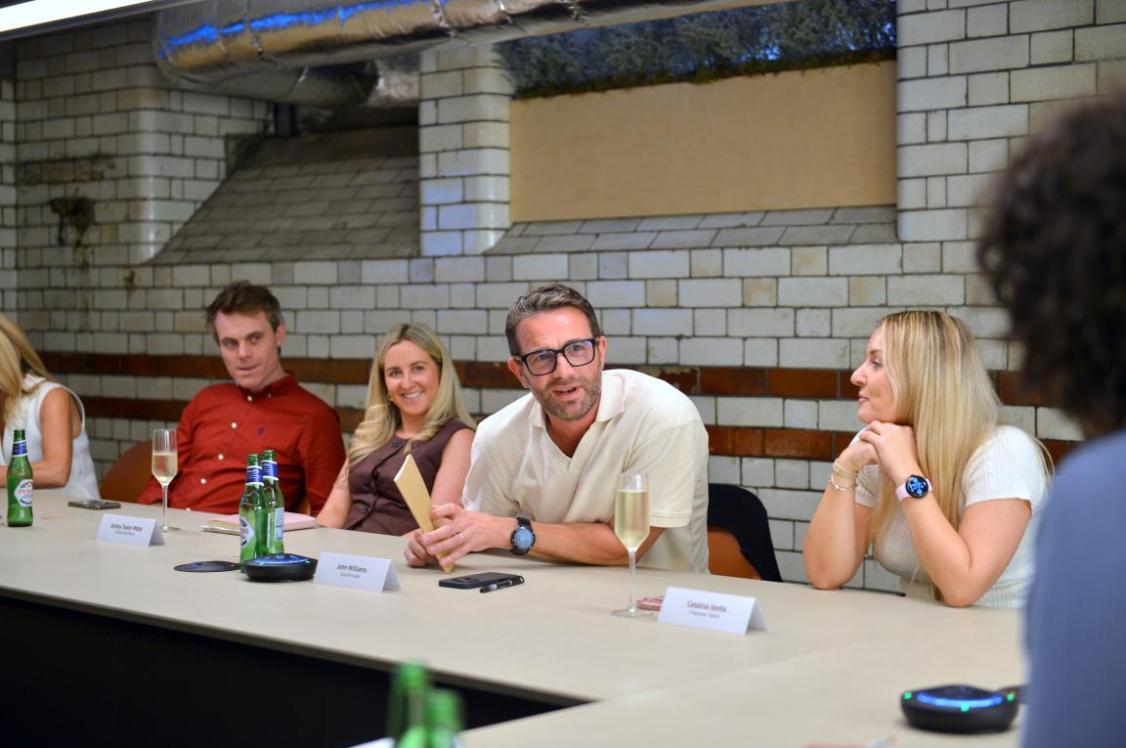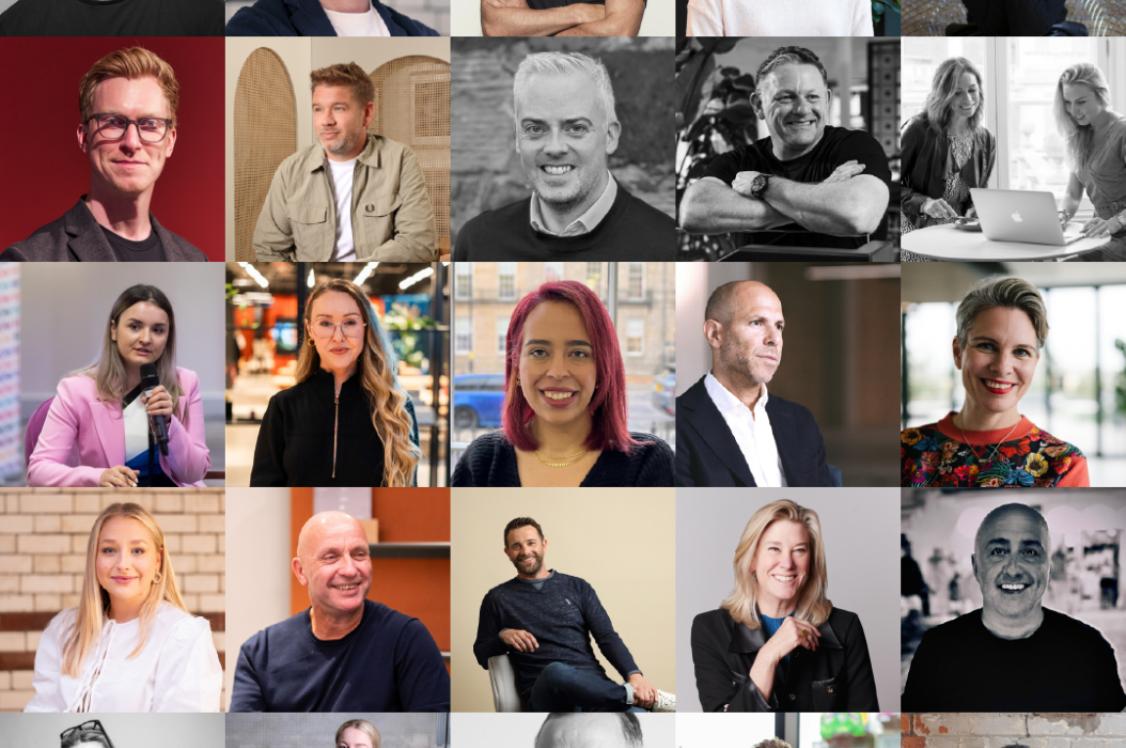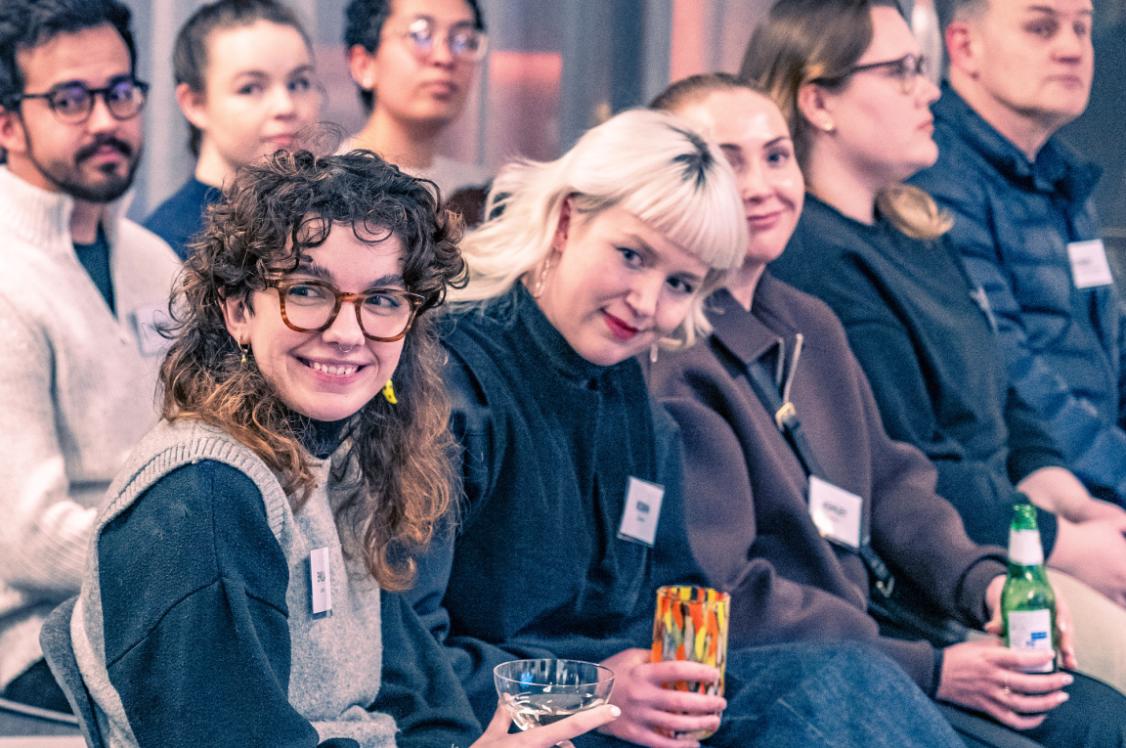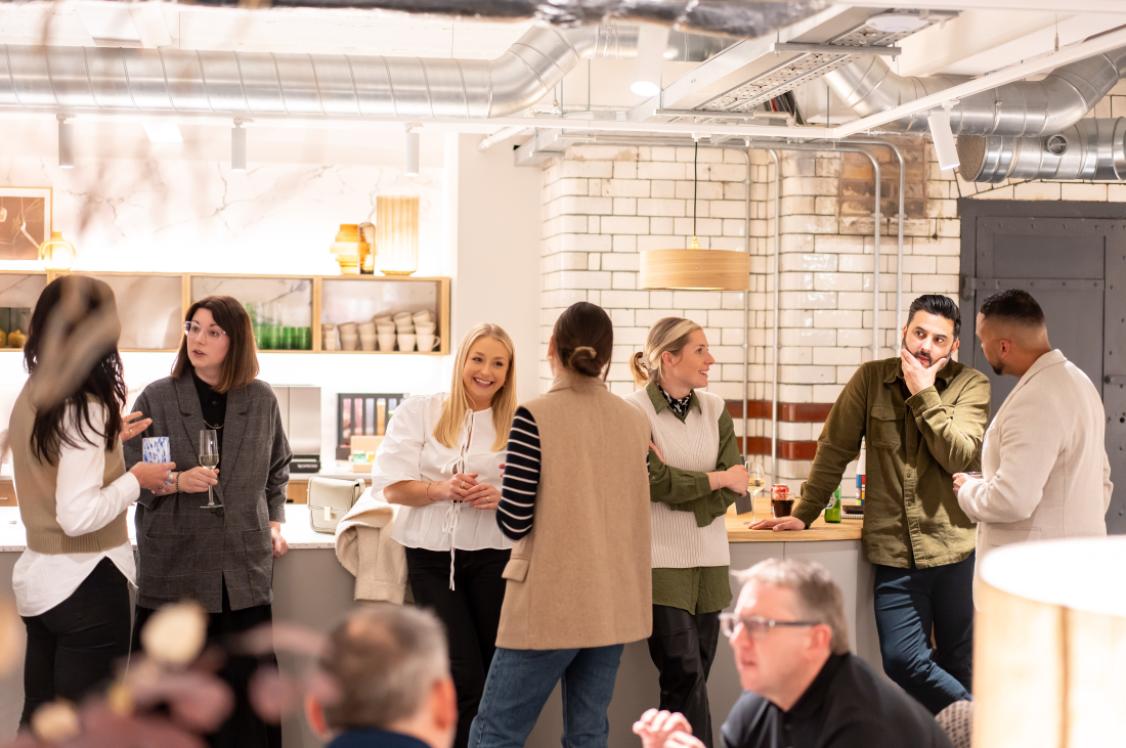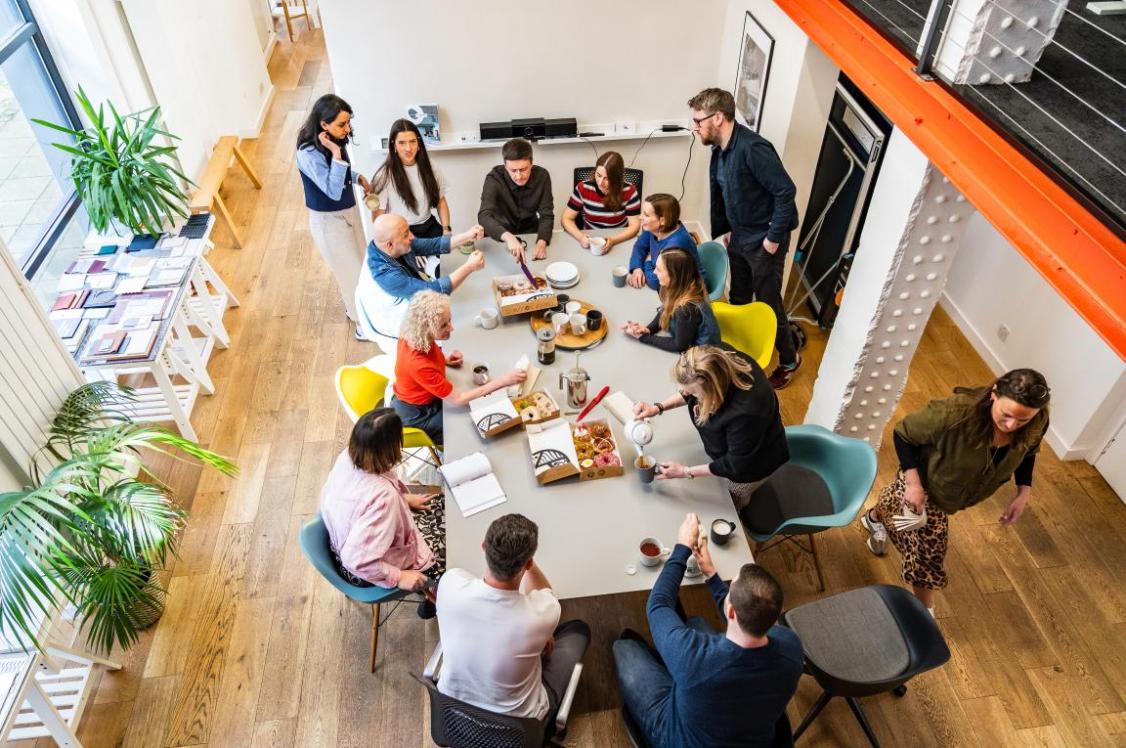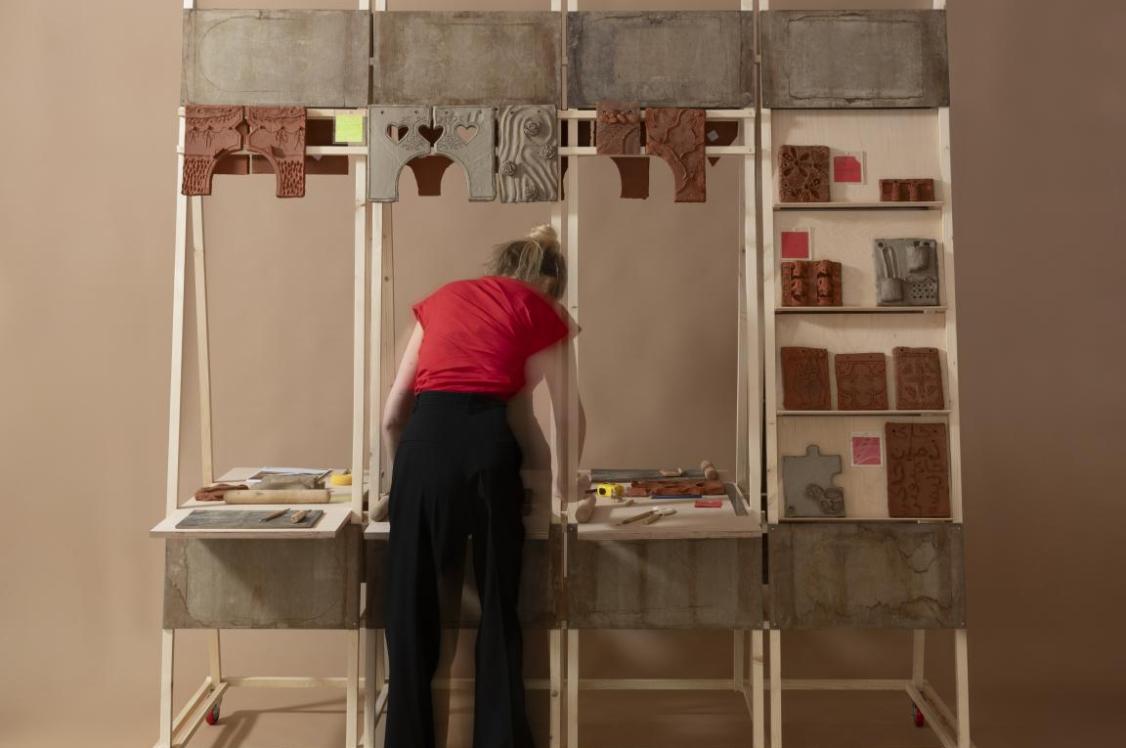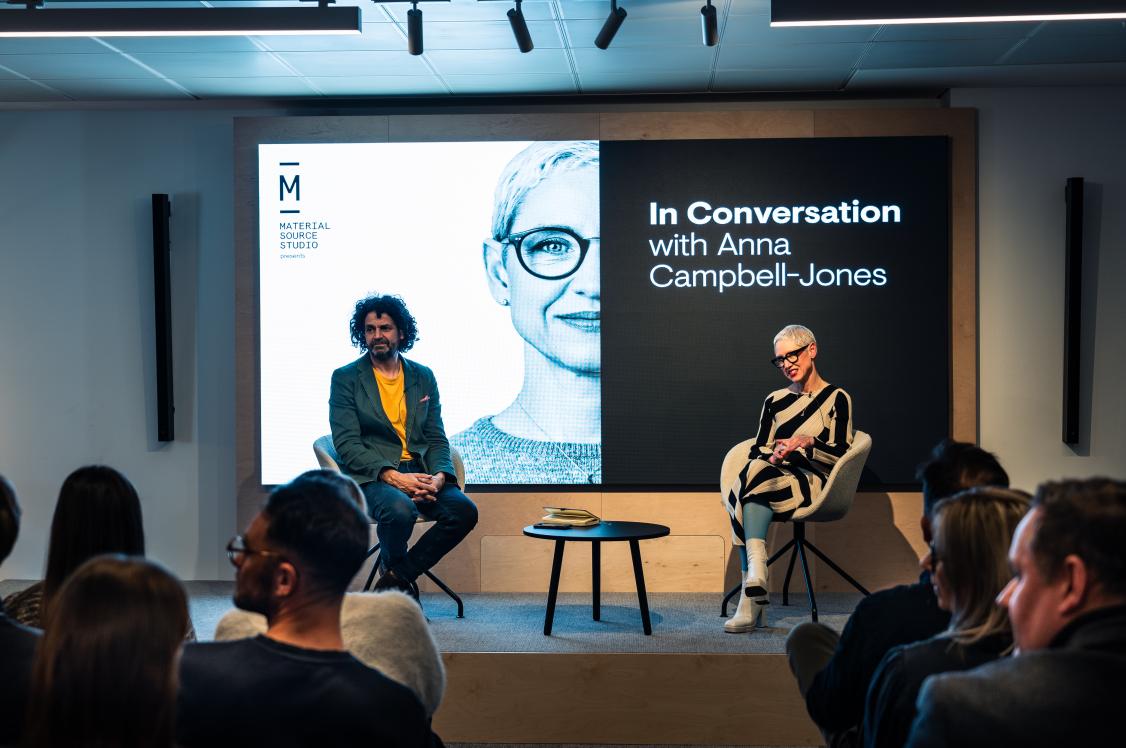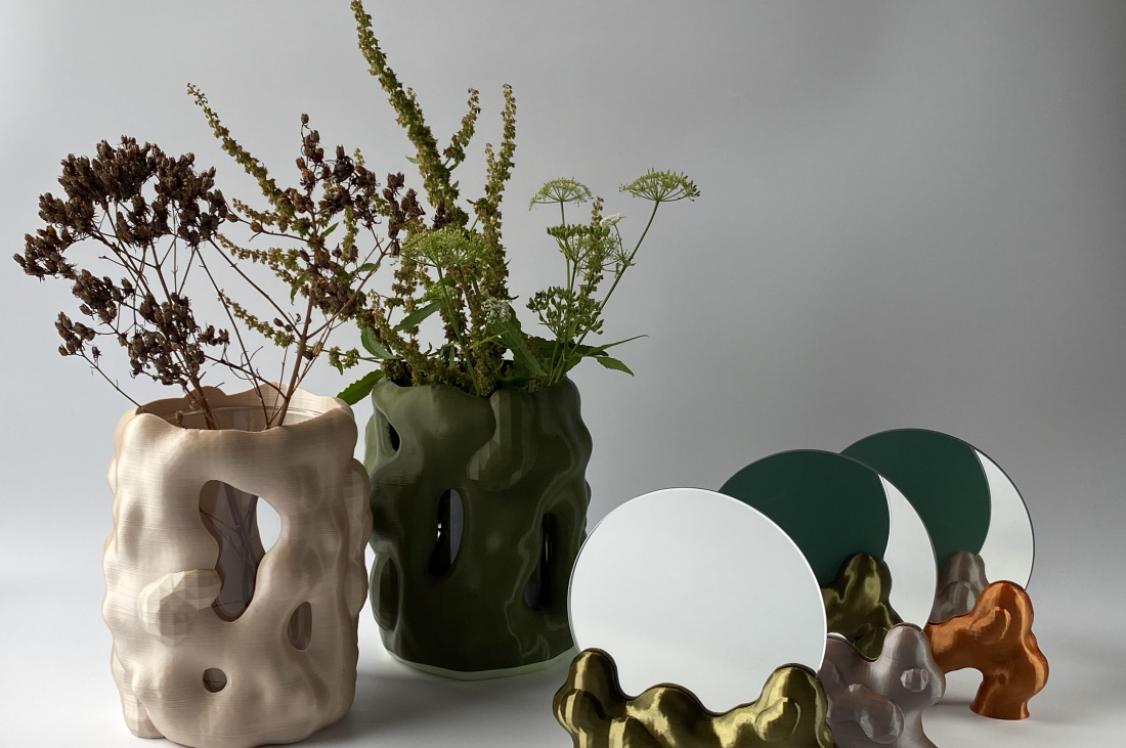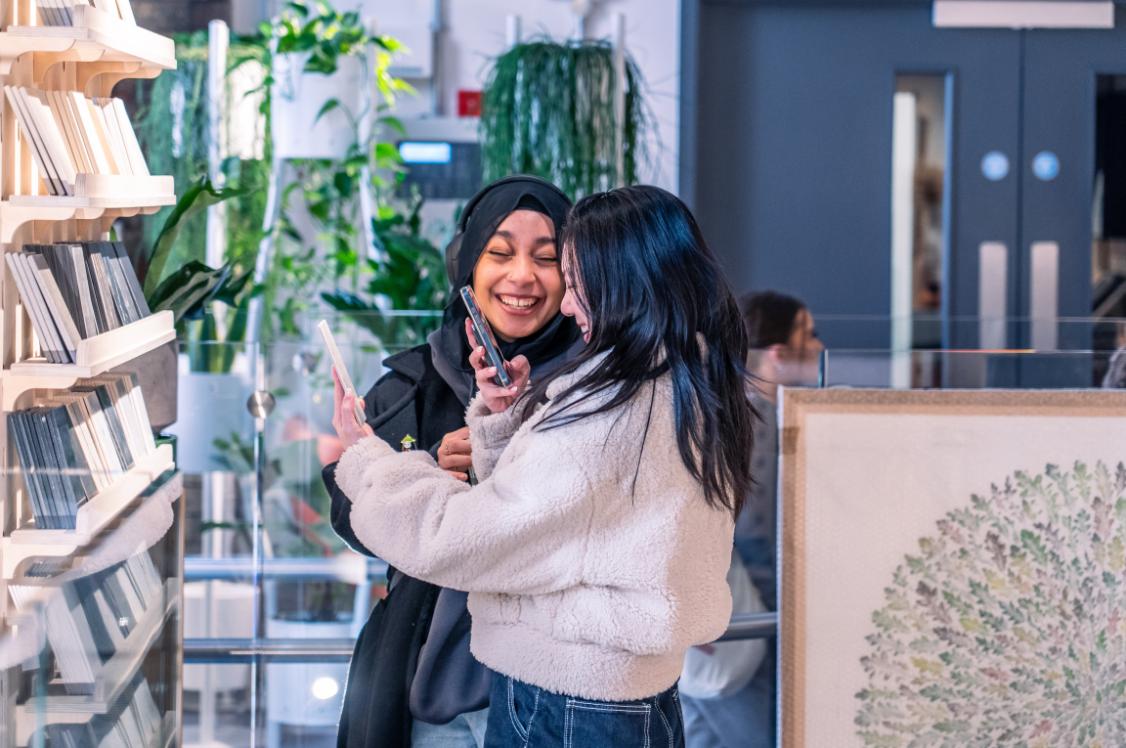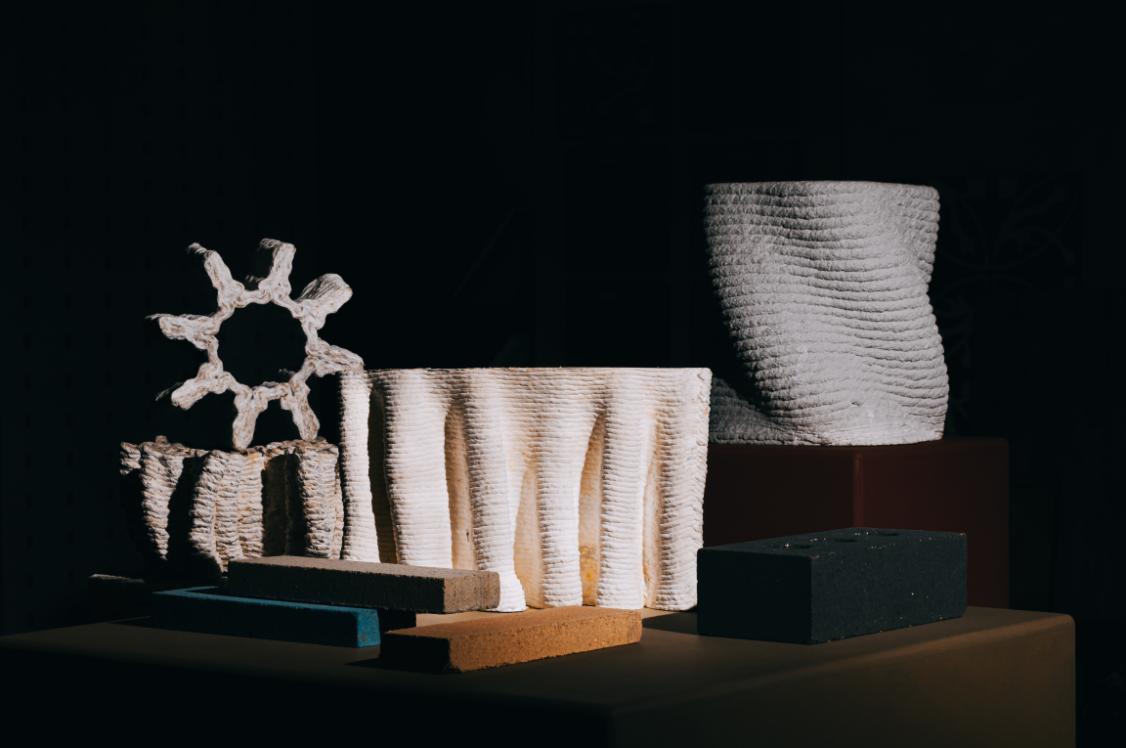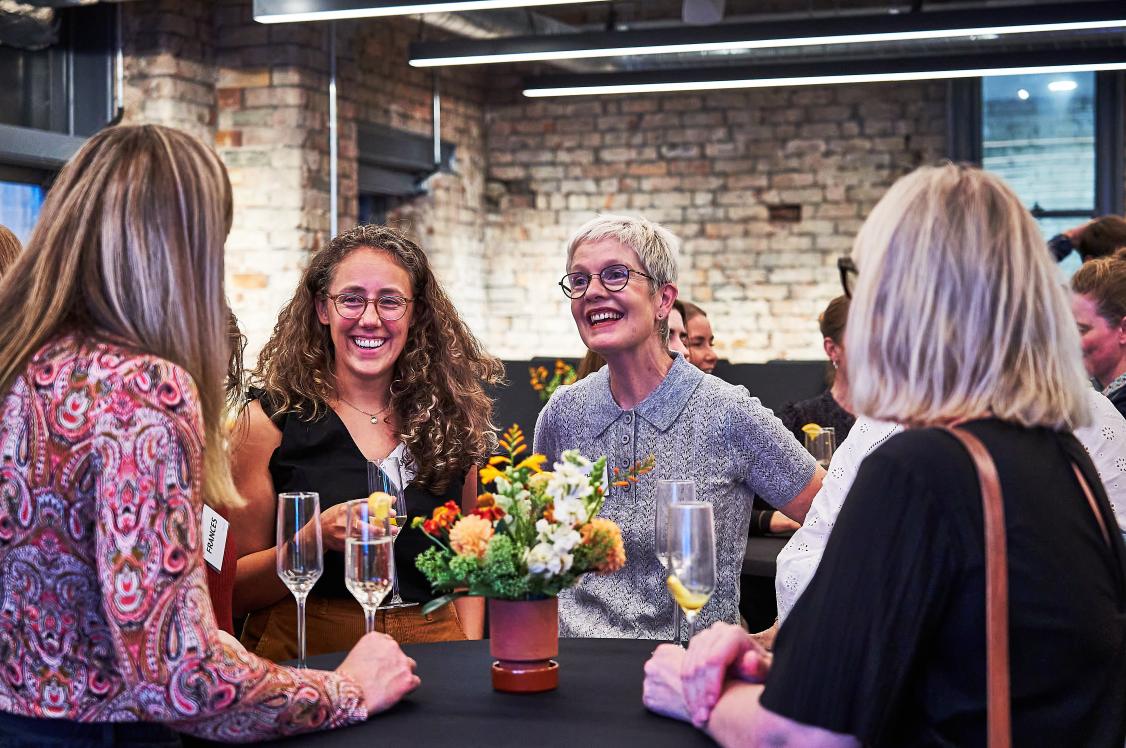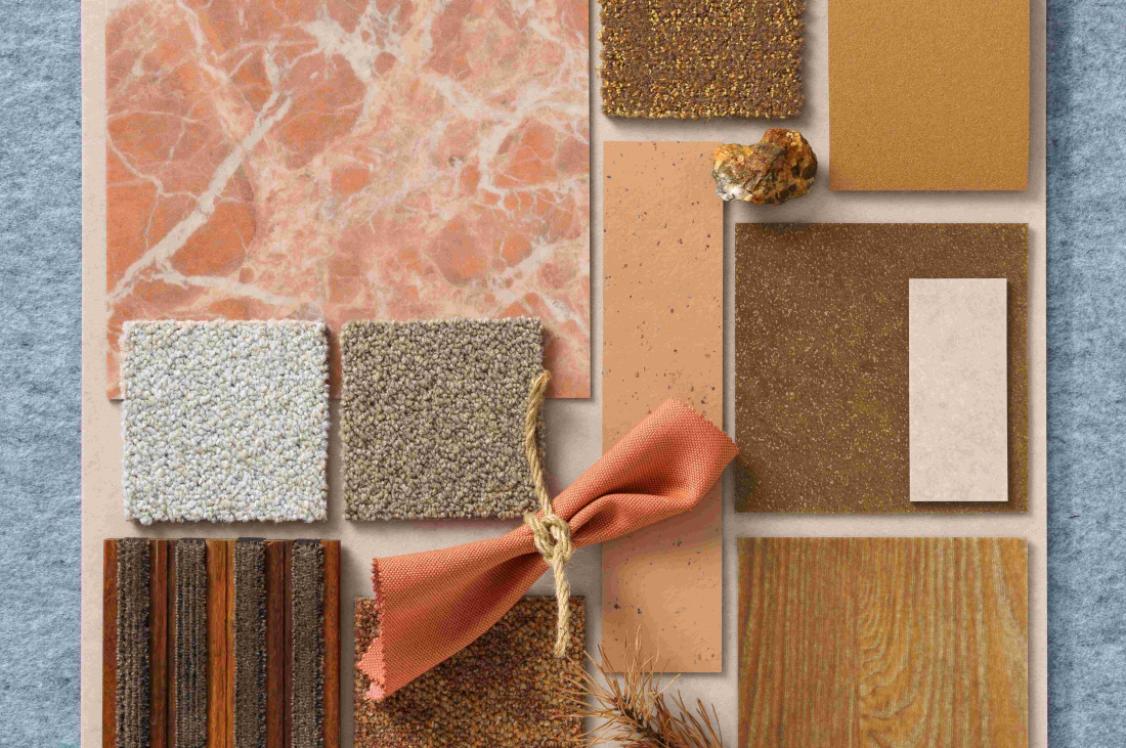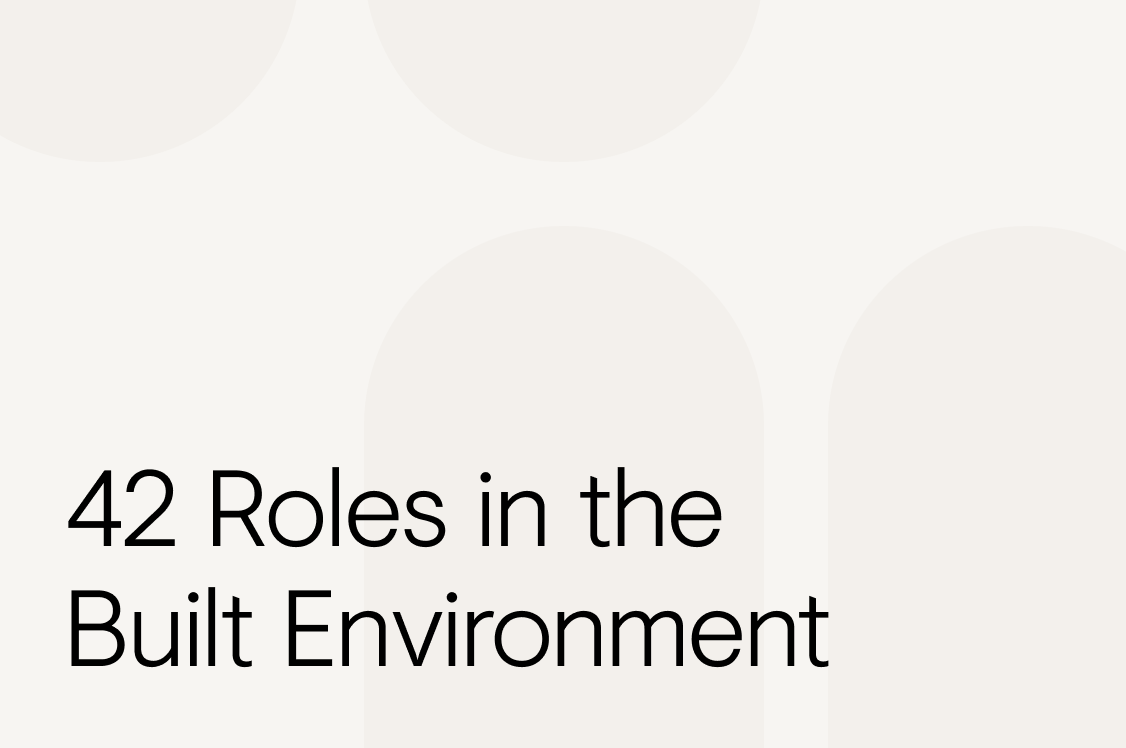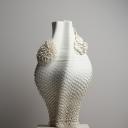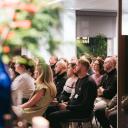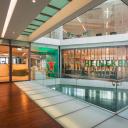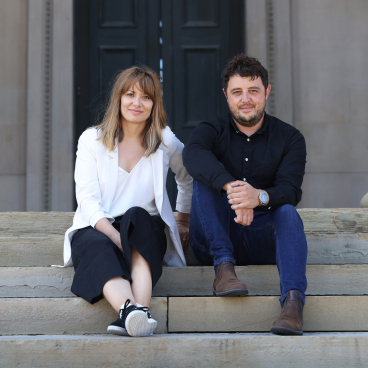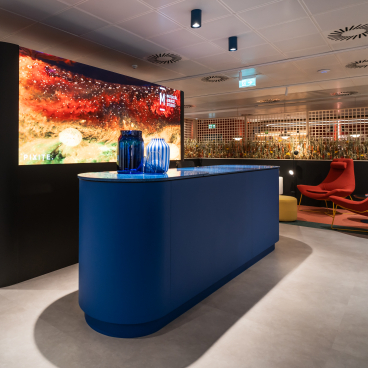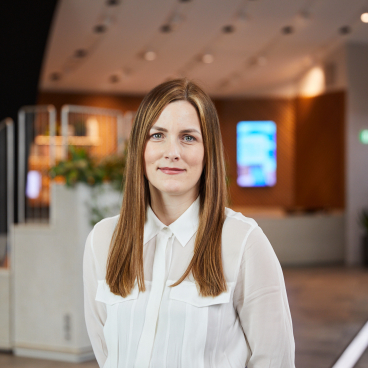Melba Beetham, designer & lecturer at The Glasgow School of Art on minimal intervention, the importance of events, and a hospitality background.
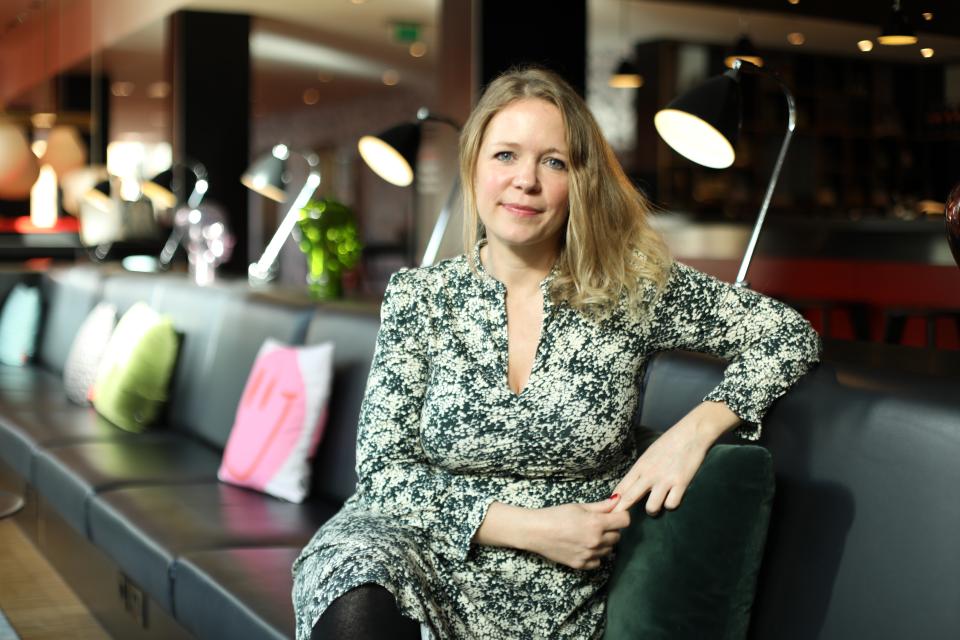
Credit: Bolla Bello
Melba Beetham is a designer and lecturer with more than two decades' experience in commercial interior design.
As well as supporting a range of clients - from hospitality to residential - through her consultancy, Melba also lectures at the prestigious Glasgow School of Art.
Melba settled in Glasgow after living and working in Ireland. A champion of emerging talent, she has a keen interest is bridging academia and practice via live projects for undergrad interior design students - evolving methods of setting up and running such projects to maximise client experience and educational quality.
Most recently, she has bridged academic design projects with external partners such as Kimpton Hotels, Motorola Glasgow, and Spire Global.
Here, we chat to Melba about her practice, inspiration, and why she's proud to call Glasgow home.
Firstly, can you please introduce us to your business?
"Melba Beetham Design offers a spatial design service for commercial and domestic projects. Primarily, we focus on helping people explore the full potential of their homes and make intelligent, empowered decisions about remodelling, extending, or making minor tweaks to what they already have.
"I refer to my background in hospitality design, having worked with a range of clients from Intercontinental (IHG) to independent restaurants such as Opium Glasgow. This experience offers me a broad frame of reference, and the techniques used in this sector translate well to residential spaces."
Who do you typically work with?
"I work with people at a crucial decision-making point who want to move forward. Typically, their home feels pressurised or disjointed in some way. Often they are managing a shift in circumstances, such as changing family structure; they may be working from home and need more definition around work and leisure; they may be frustrated that their property is loaded with possibilities but doesn't reflect their personality or lifestyle. They want to make educated decisions to avoid rushing into a project with spiralling costs or getting stuck with what they have."
When did you first become interested in design?
"Building theatre sets as a teenager. I became interested in many types of interiors from this point, but I still see them all as backdrops for people and stories, just like theatre sets."
Where do you seek your inspiration?
"Forest walks, art galleries, independent bookshops and cafes."
When a brief lands, how do you approach it?
"I get to the root of the problem and develop some clear intentions. From there, I keep an eye on these intentions as the design develops and ensure the design stays on the right path."
How does sustainability play a role in what you do?
"My approach is always about striving for minimal intervention, doing the least possible for the maximum benefit to the inhabitants. Drawings and dialogue have a low carbon footprint compared to construction - so front load and don't scrimp on the design process.
We must stop thinking of design as a luxury and start understanding how critical it is to prevent wasted resources.
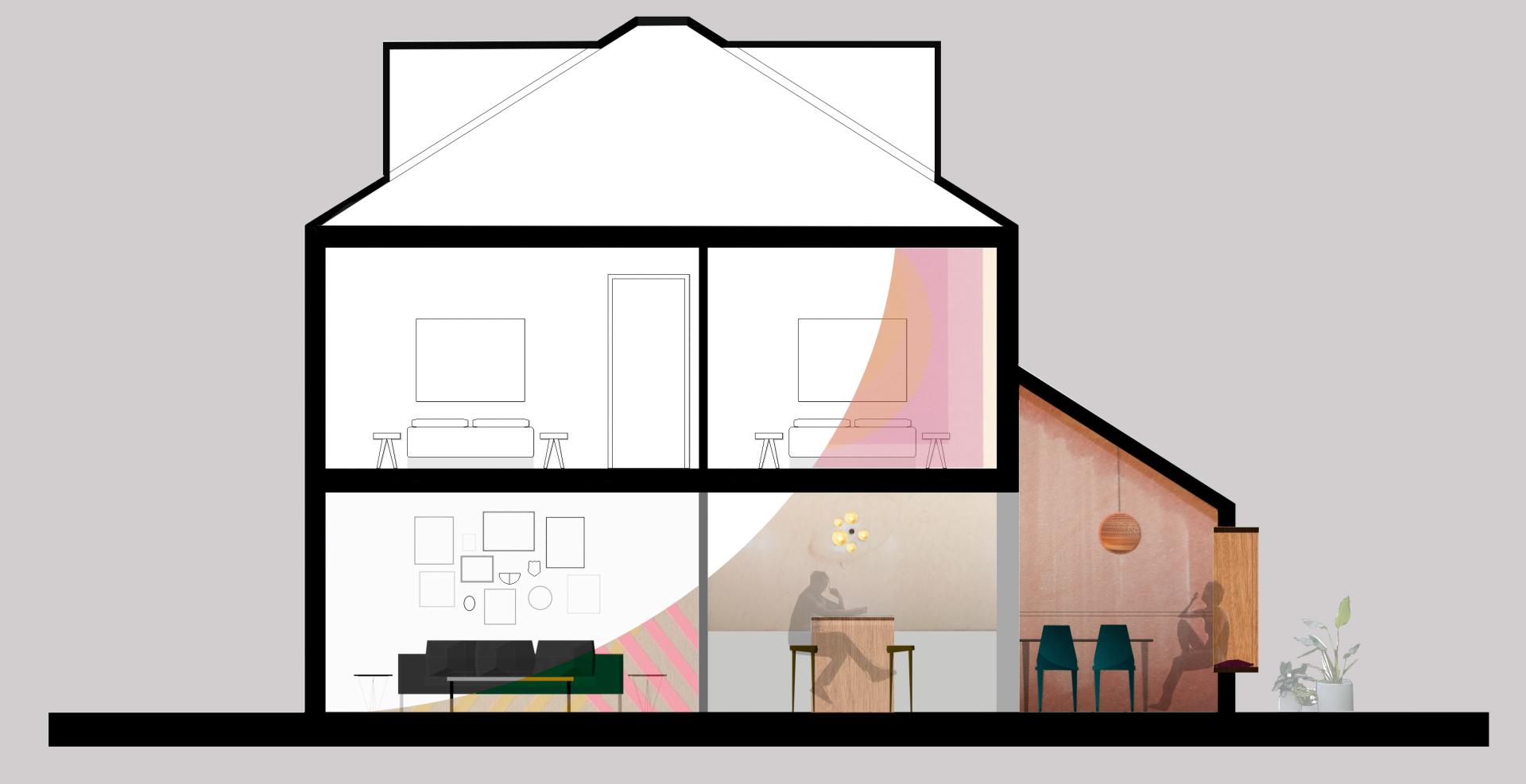
You’re based in Glasgow – what’s the design scene like there?
"It's thriving - I have always seen a continual revitalisation yet a strong sense of self in Glasgow. I am fortunate to lecture at The Glasgow School of Art, where designers across various disciplines create exciting and innovative work everyday."
You seem to be a people person! How important are industry events?
"I'm a huge introvert! But design is a collaborative industry. The events are essential for knowledge sharing and support."
How have you found Material Source Studio Scotland?
"I'm particularly excited about the materials and products. Looking at things online doesn't compare to seeing things in the flesh. It's always nicer to browse and talk things through. Having a hub for discussion about design offers fantastic professional development opportunities. I've never seen a venue dedicated to this before."
How have the sectors you work in changed since the pandemic?
"The merging of hospitality design language with workplace and education spaces had started long before the pandemic, but it's accelerated. We're in a well-being revolution generally where people better understand the impact physical space has on how people feel. Clients request more focus on inclusivity and sustainability."
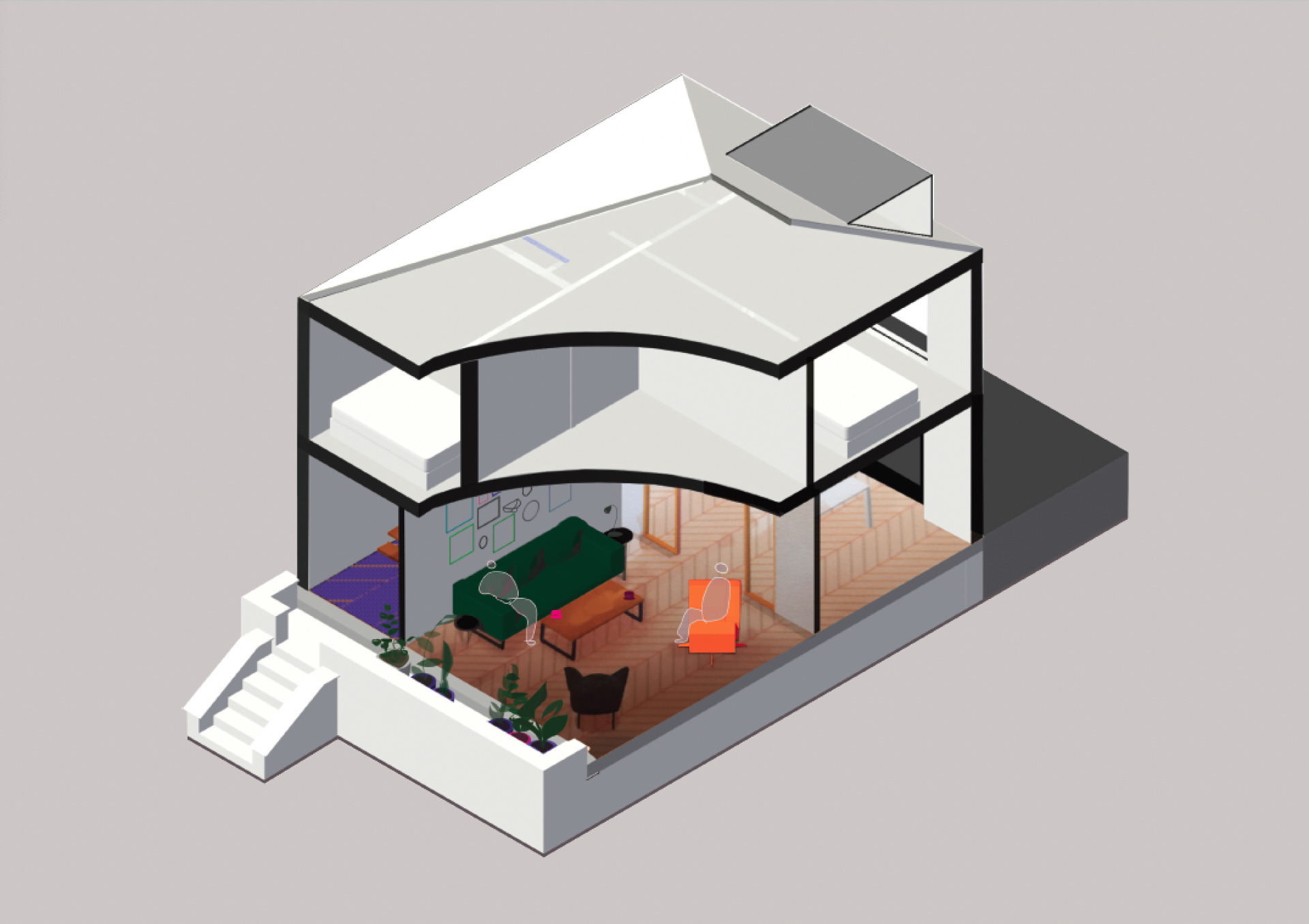
Are there any overarching trends you’re particularly aware of when designing schemes?
"The focus on nature has grown in the past decade or so. I hope that this is here to stay rather than a trend. I avoid trends where possible to increase the longevity of interiors."
Are there any materials/designers that you’re particularly excited by right now?
"I like bog oak as it has been overlooked rather than re-invented. It's been buried in a peat bog for centuries and stained by the dark mud, which gives it depth."
What are you currently working on?
"I'm helping a couple in Loch Fyne to tweak their interior architecture before they start building an extension. We are exploring layouts to make sure the interior flows, and gives them the best view of the beautiful loch."
And what’s next?
"I'm just about to launch a special offer on my spatial design package, Love My Layout. The basic package is proving to be transformational and it works well remotely so people aren't limited by location."


